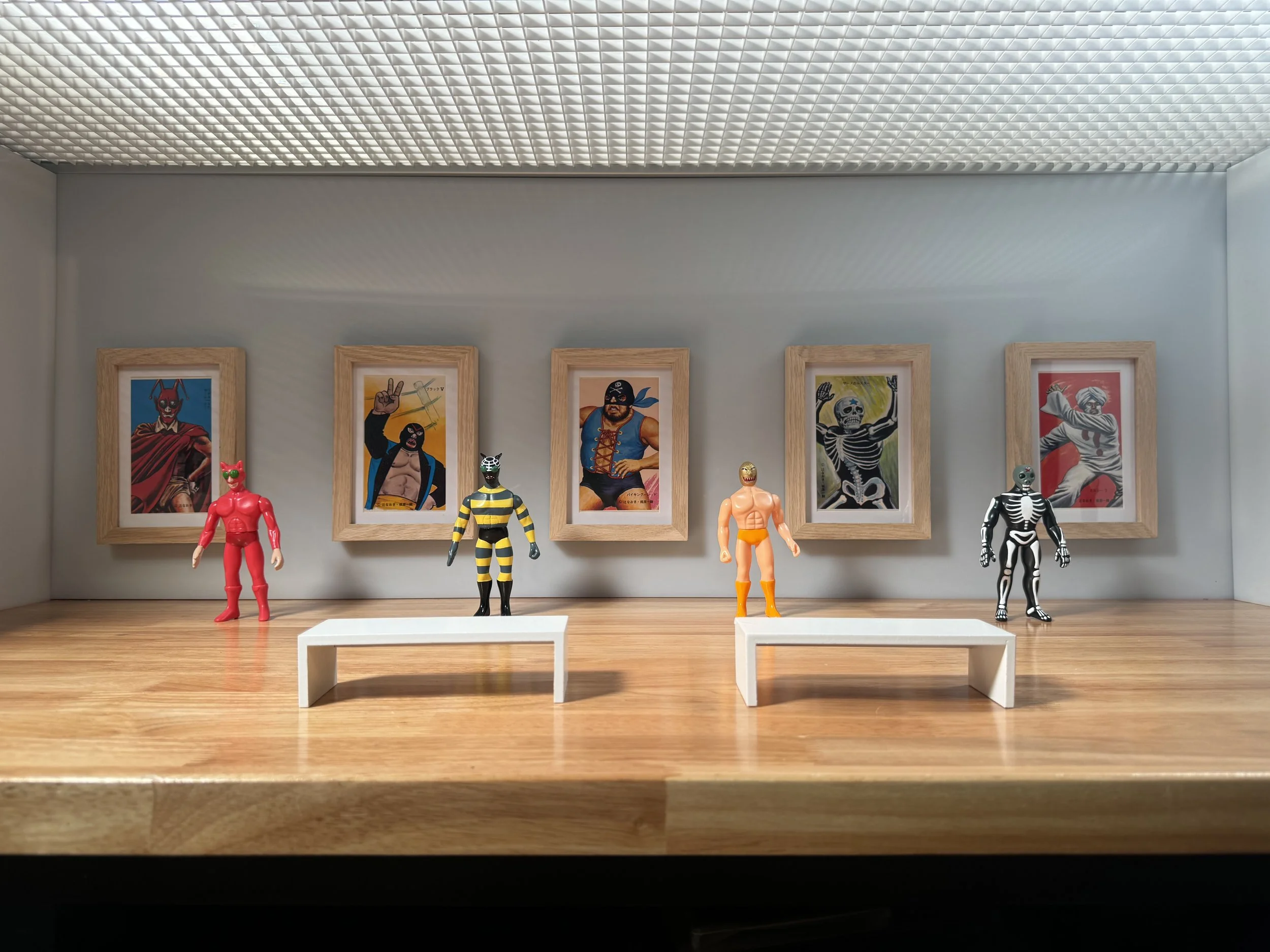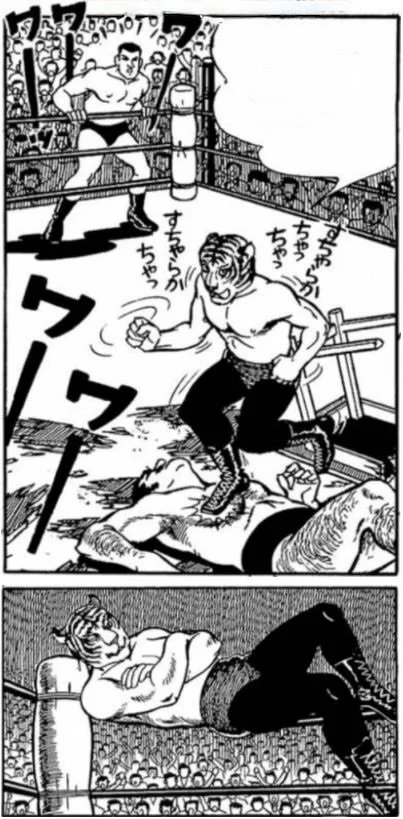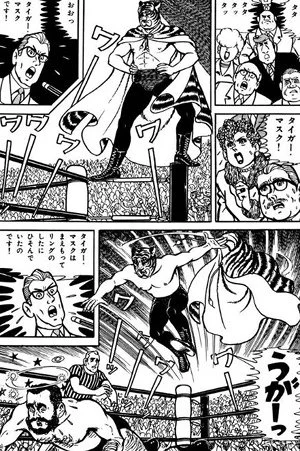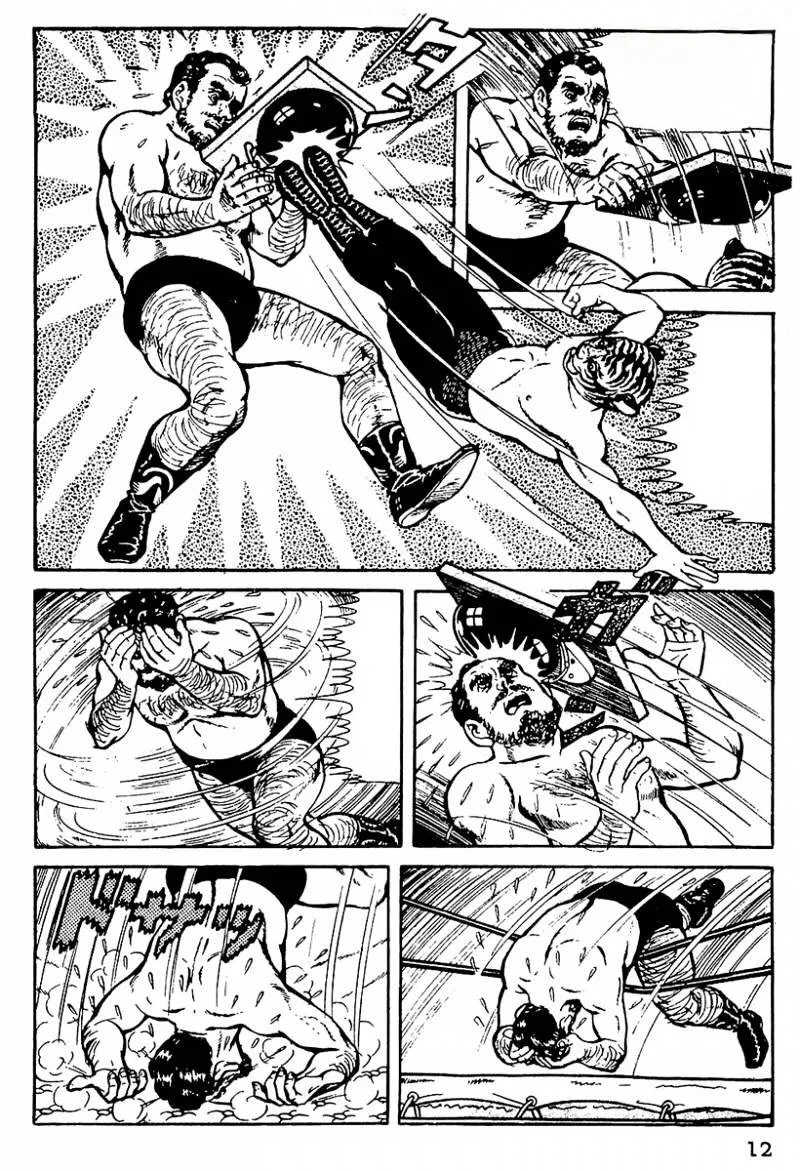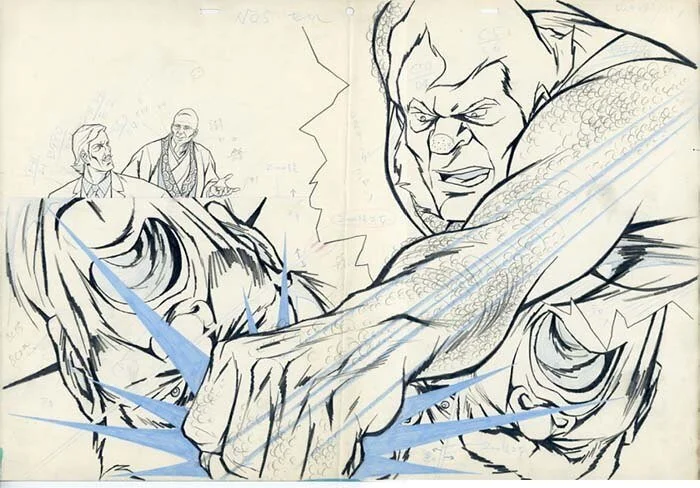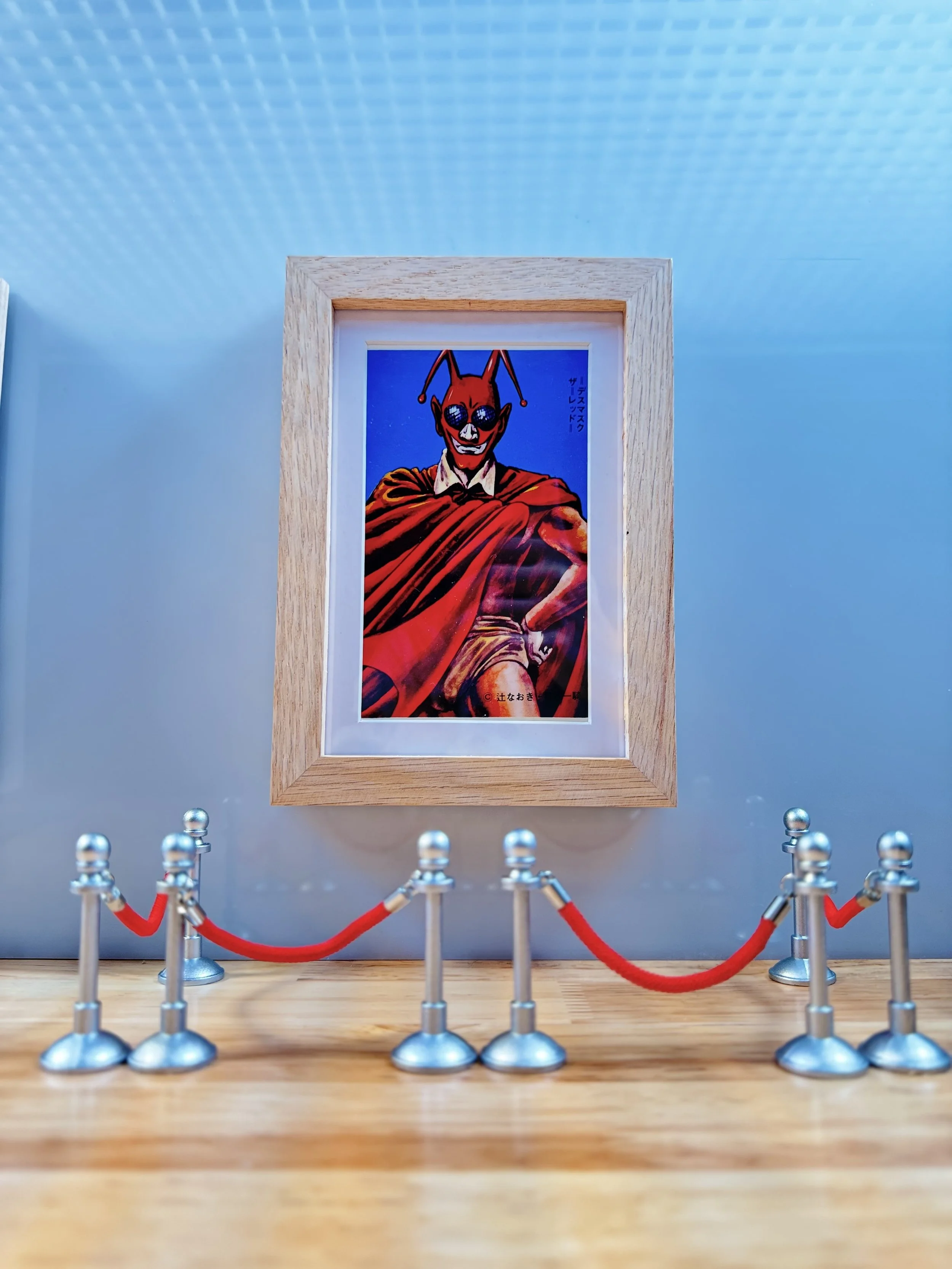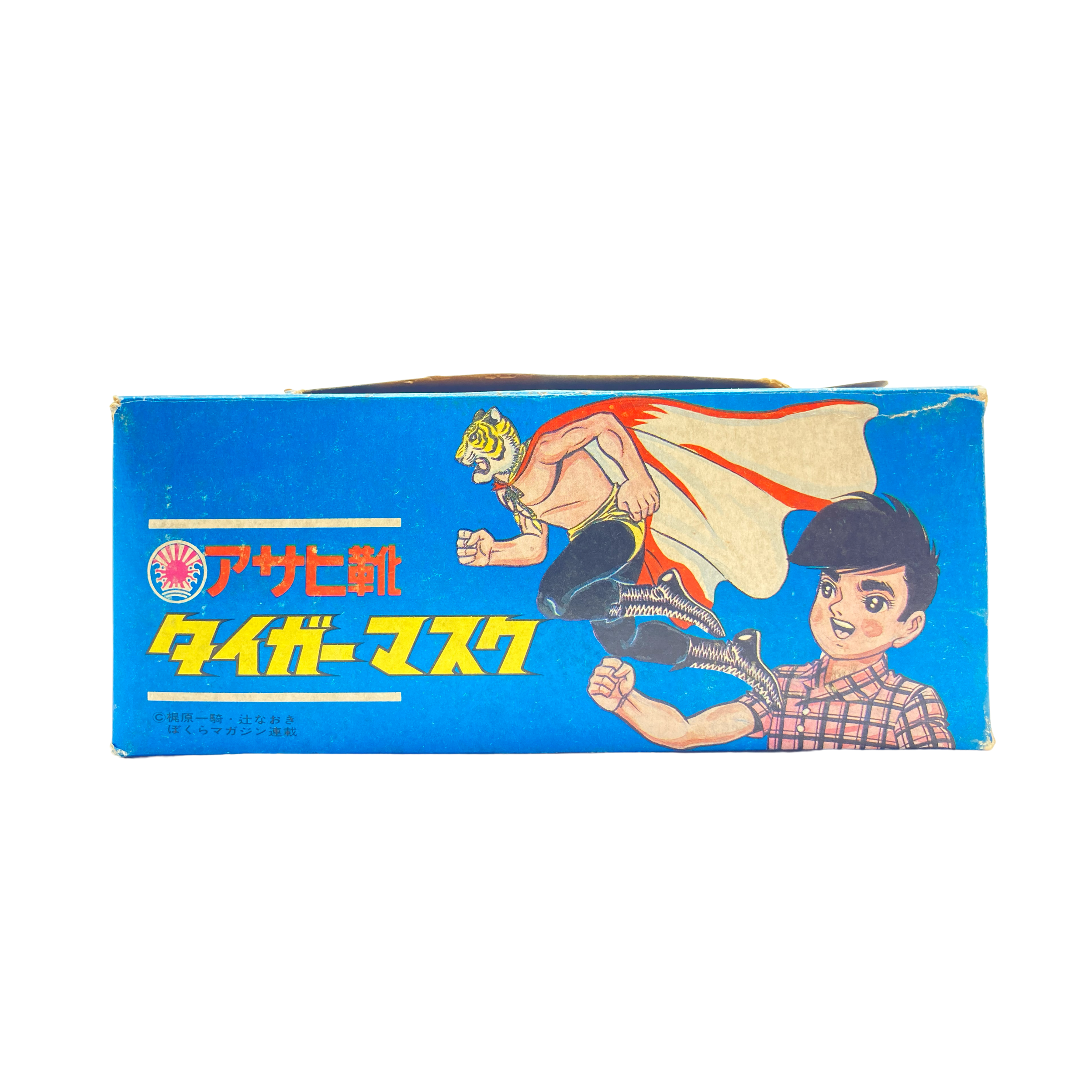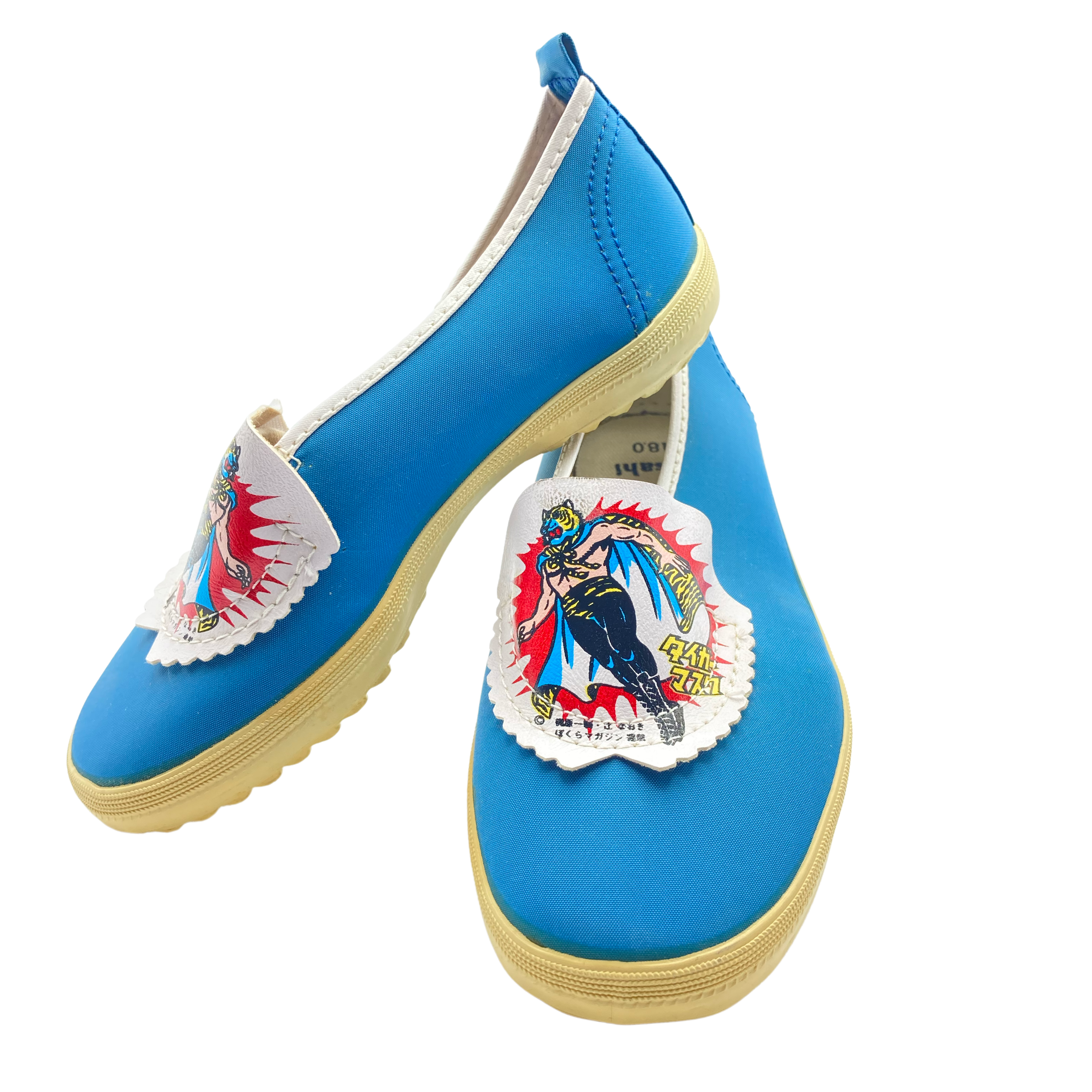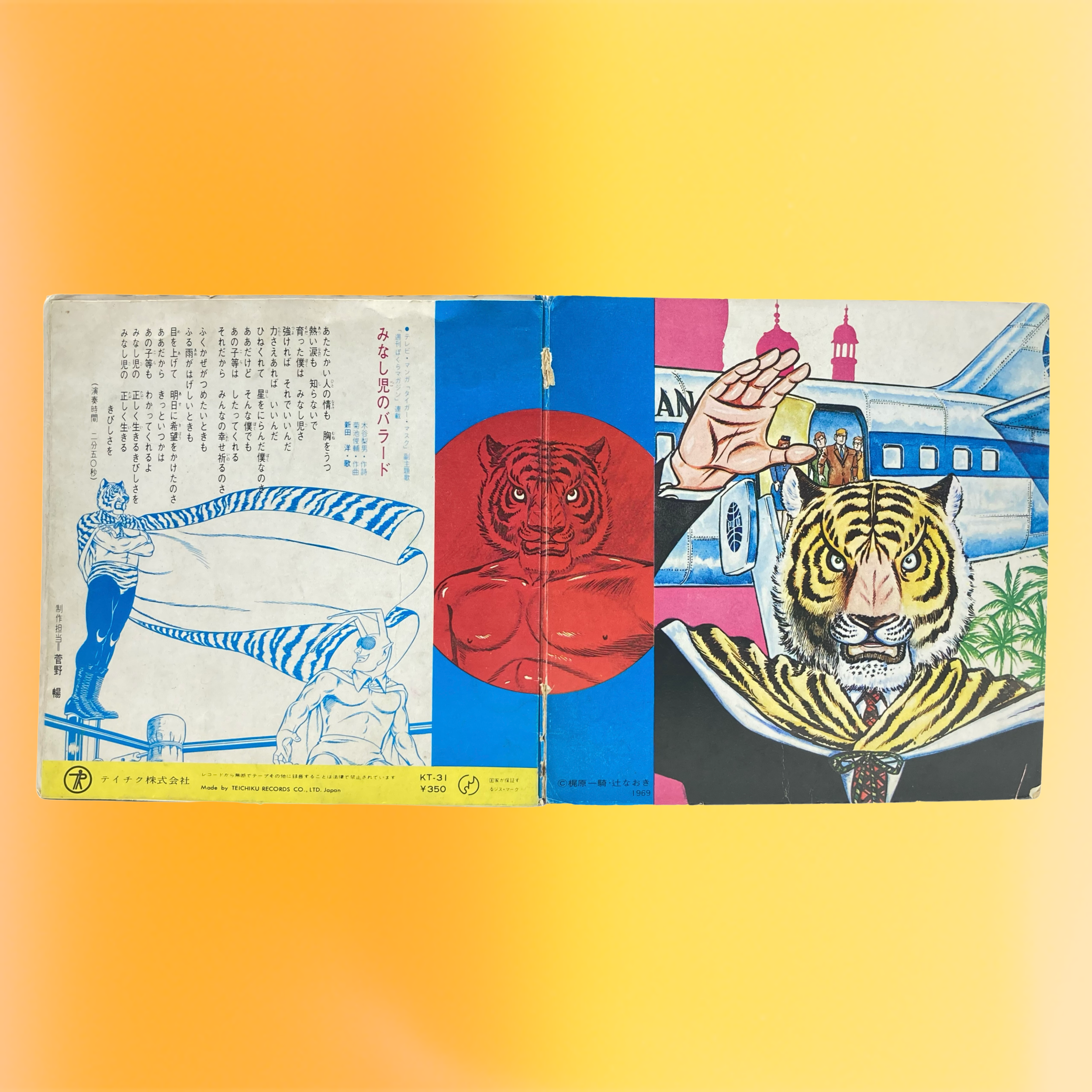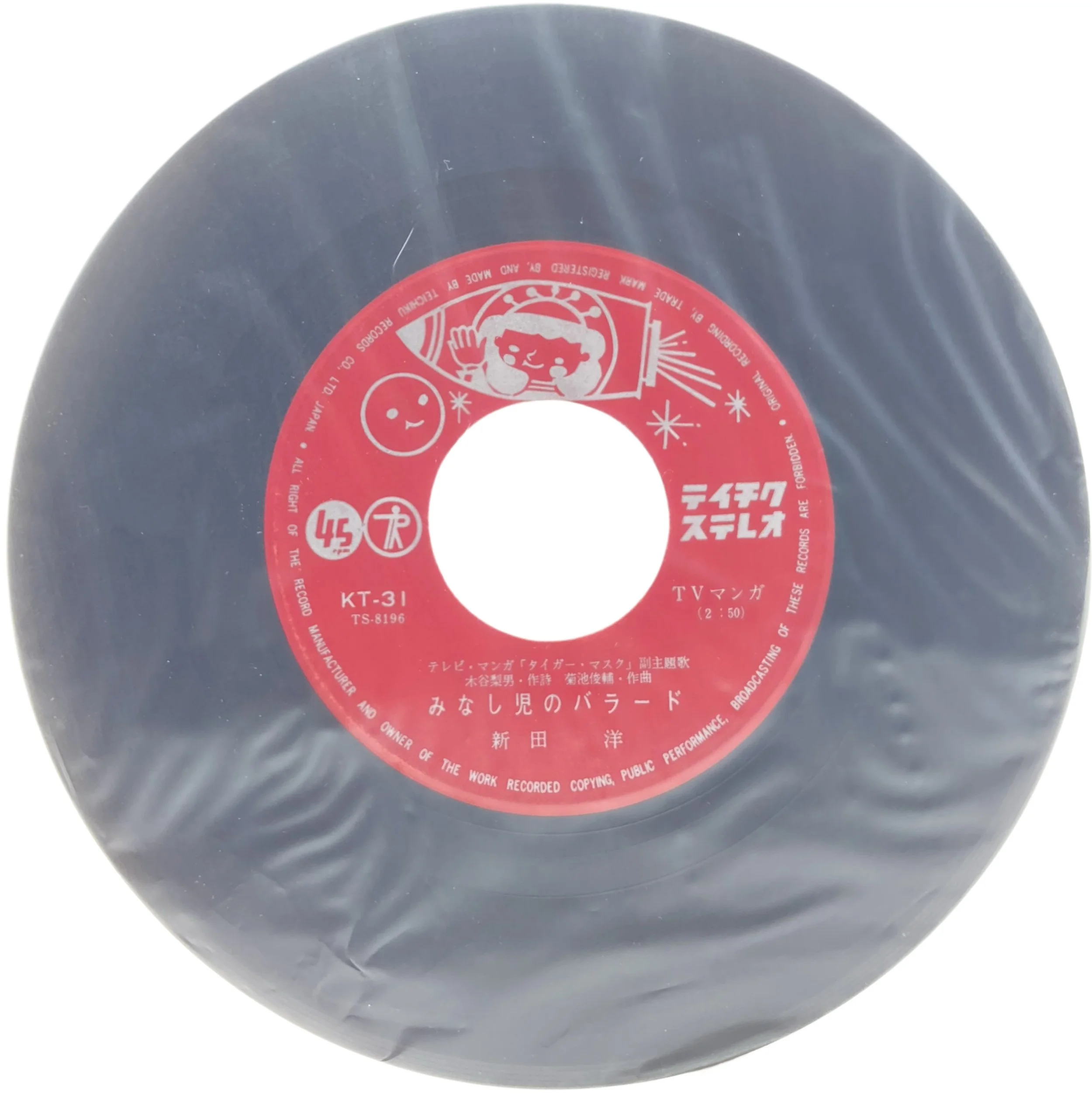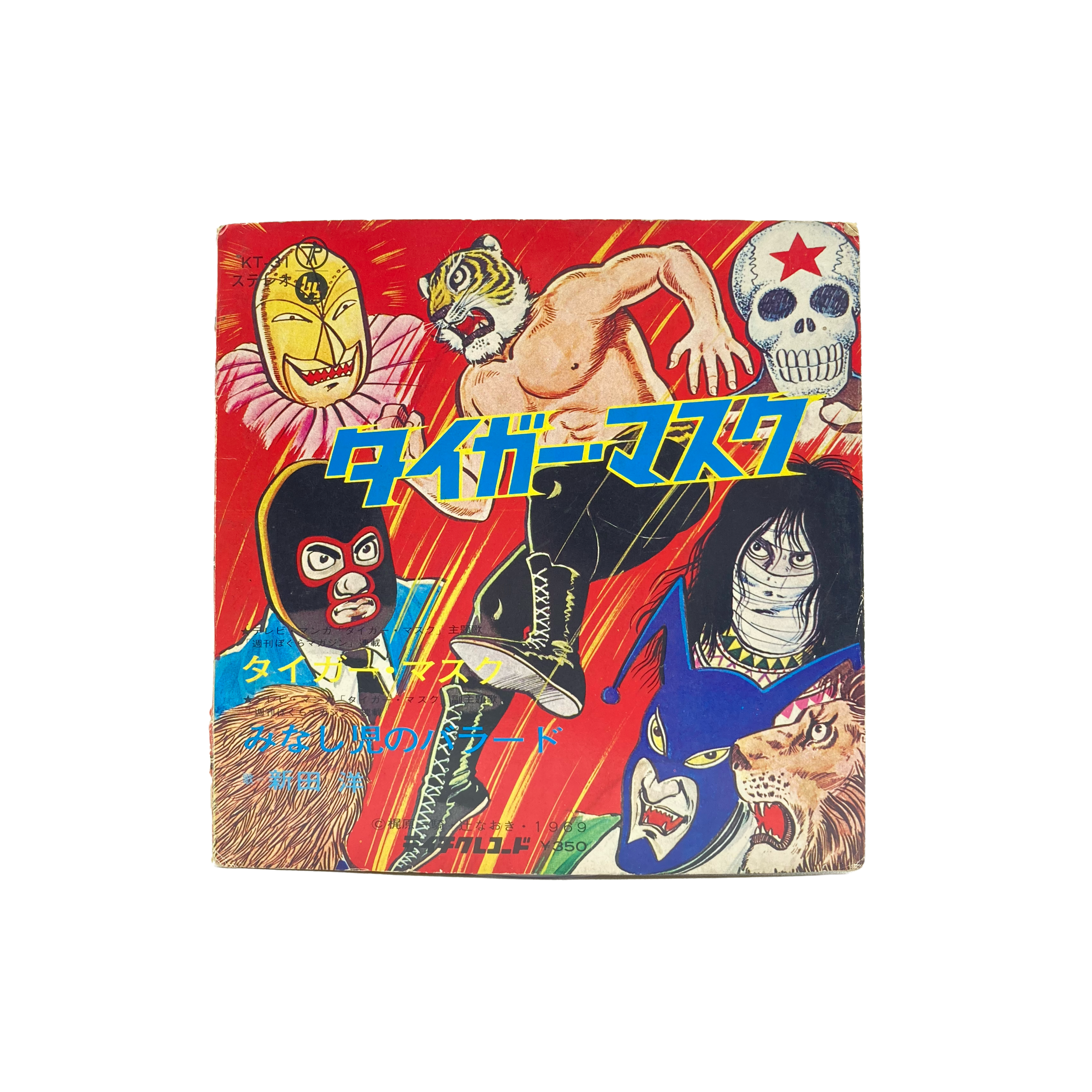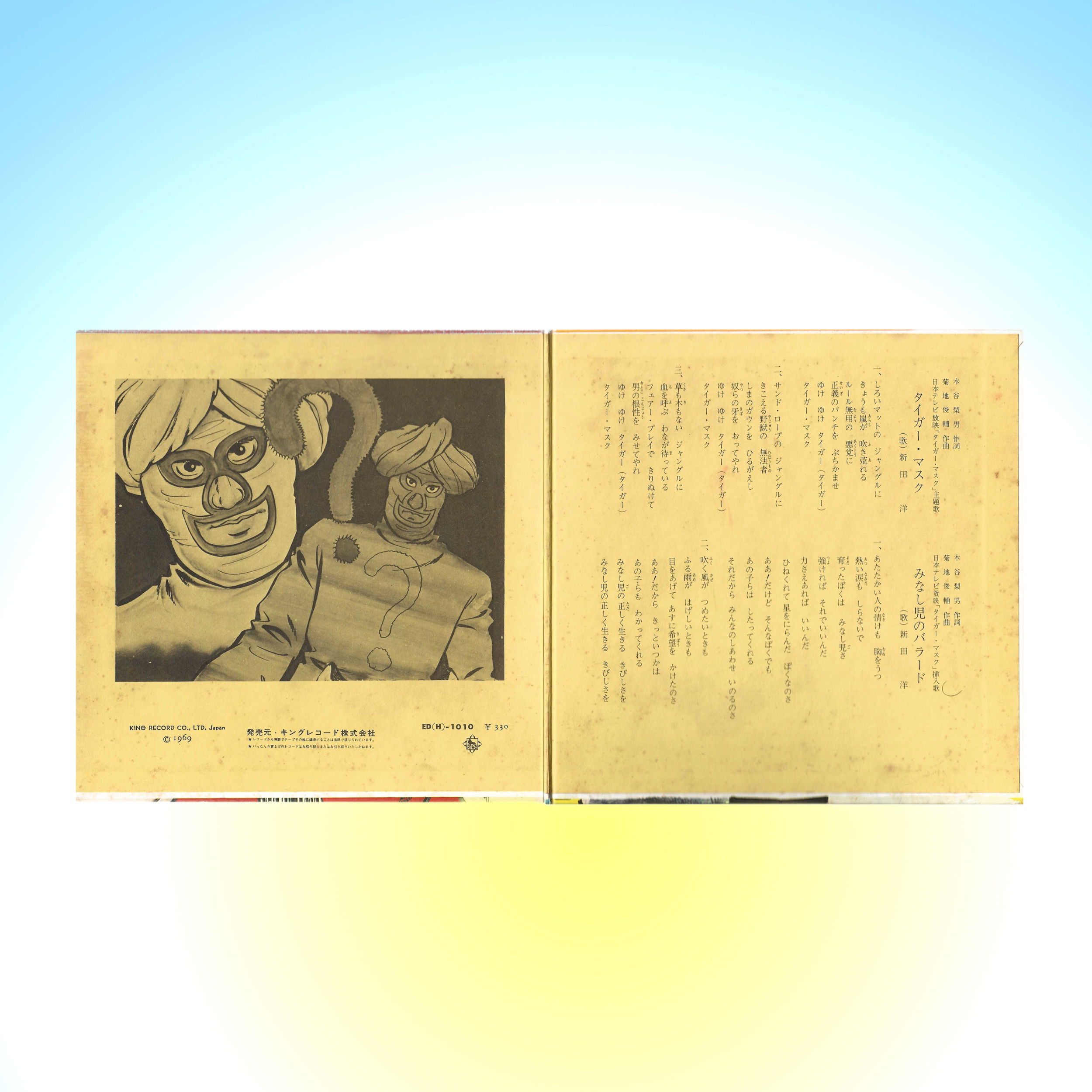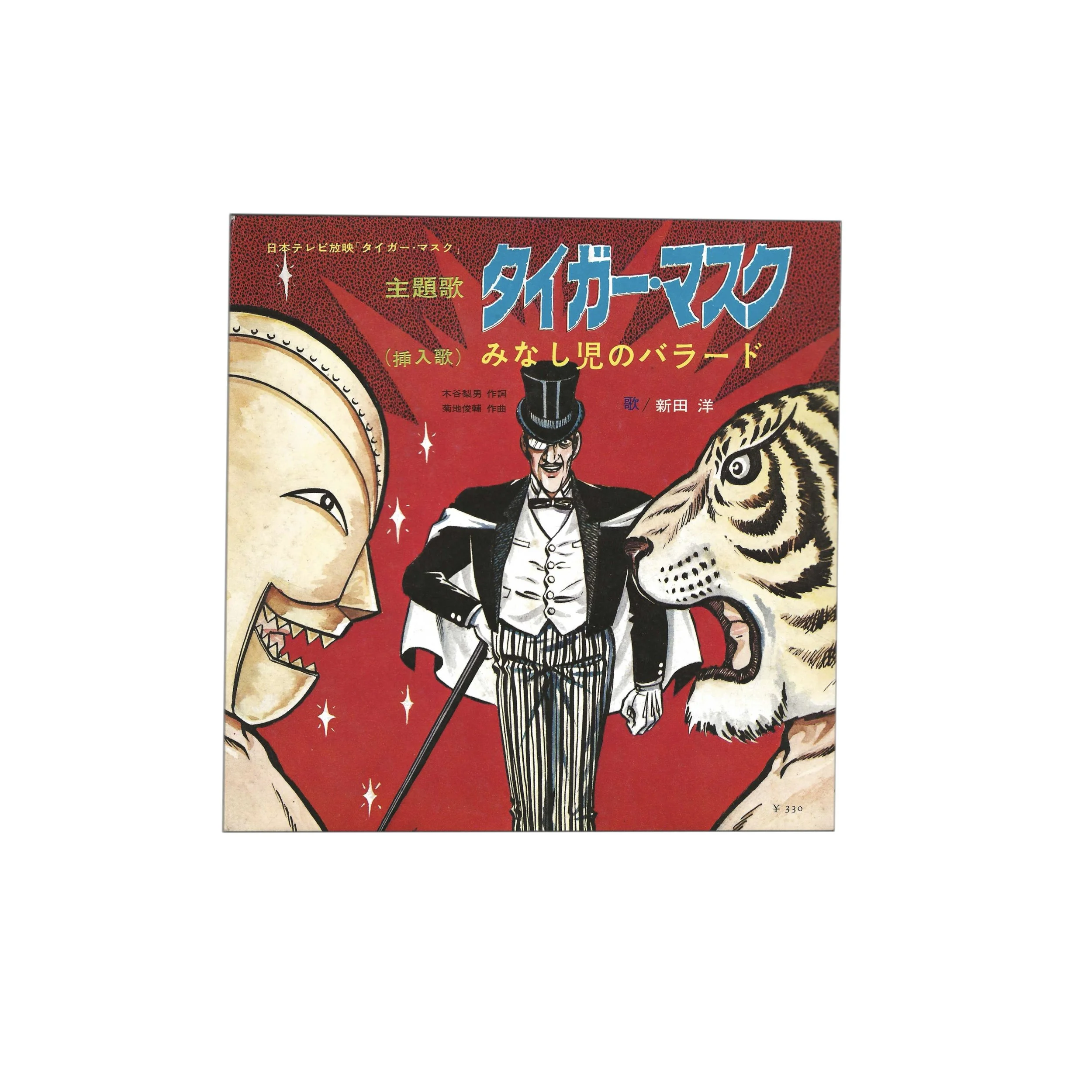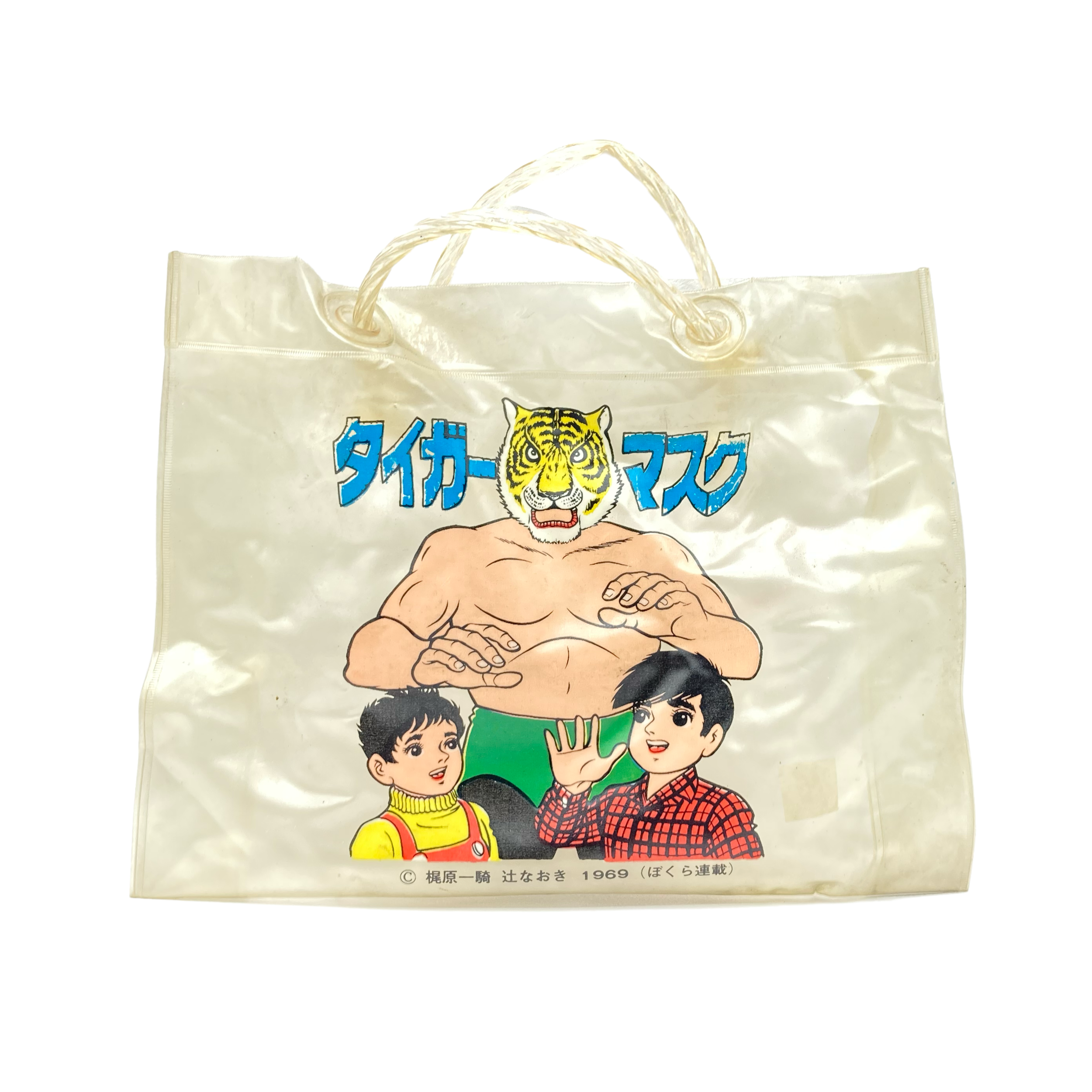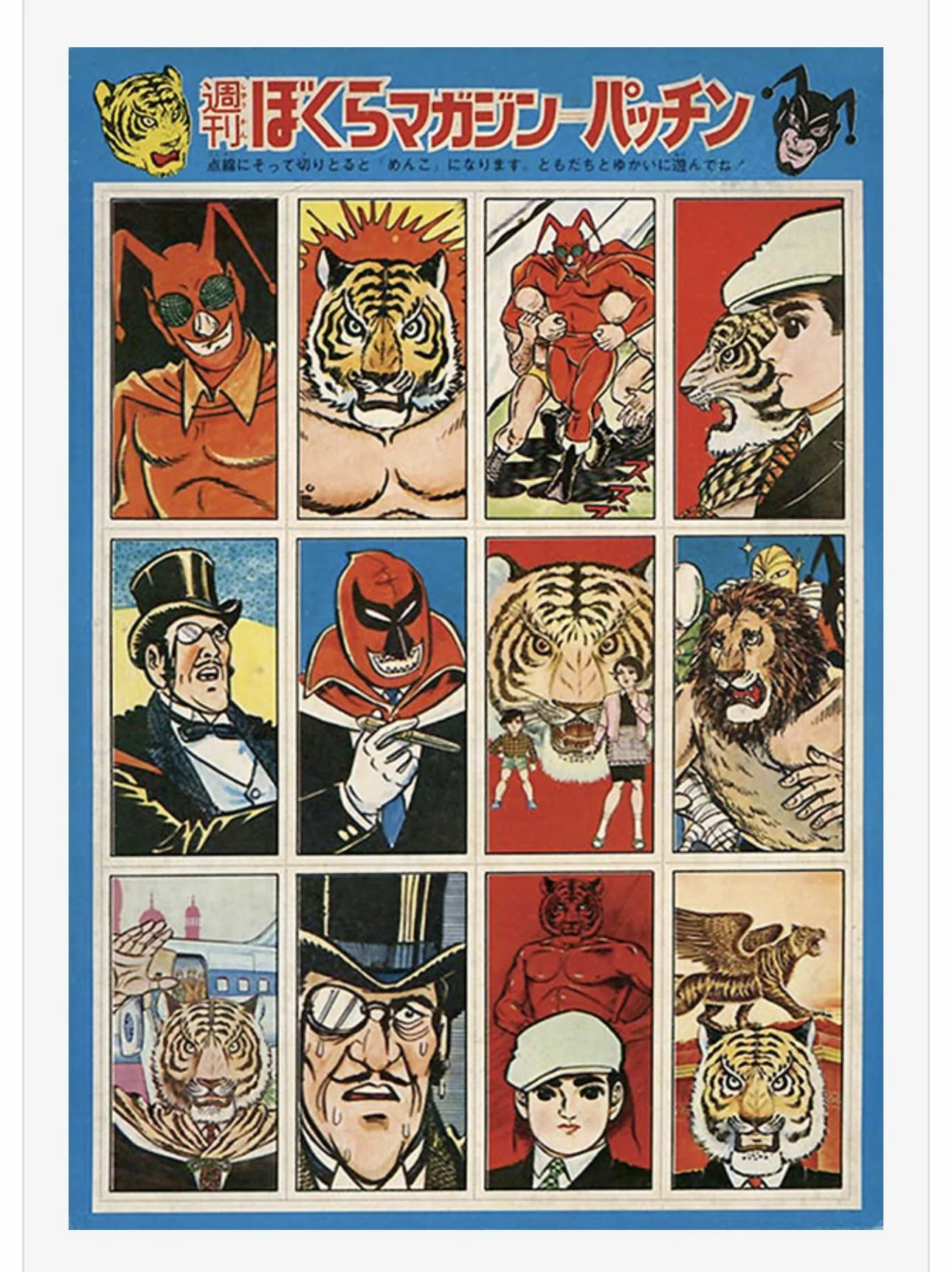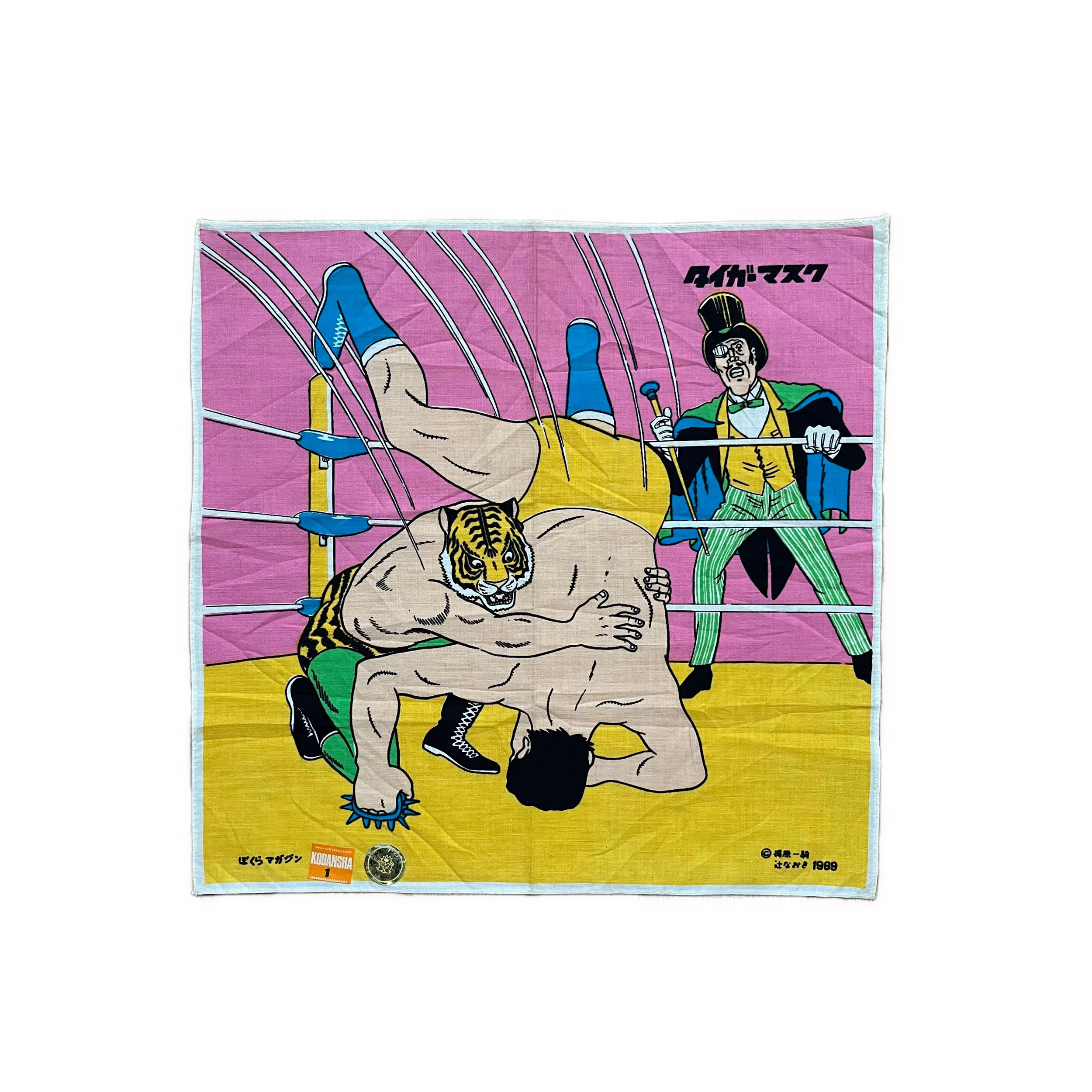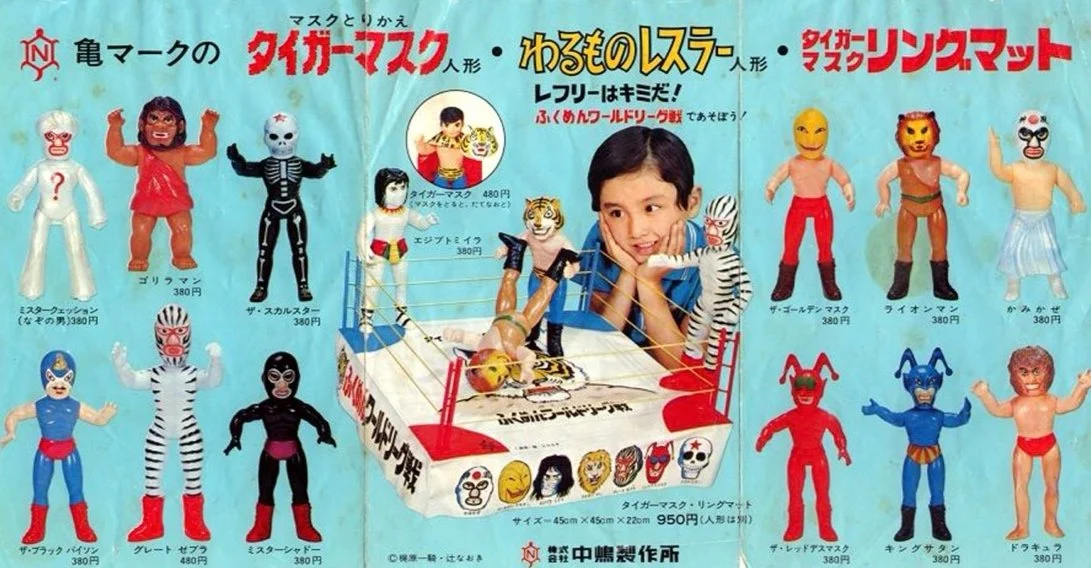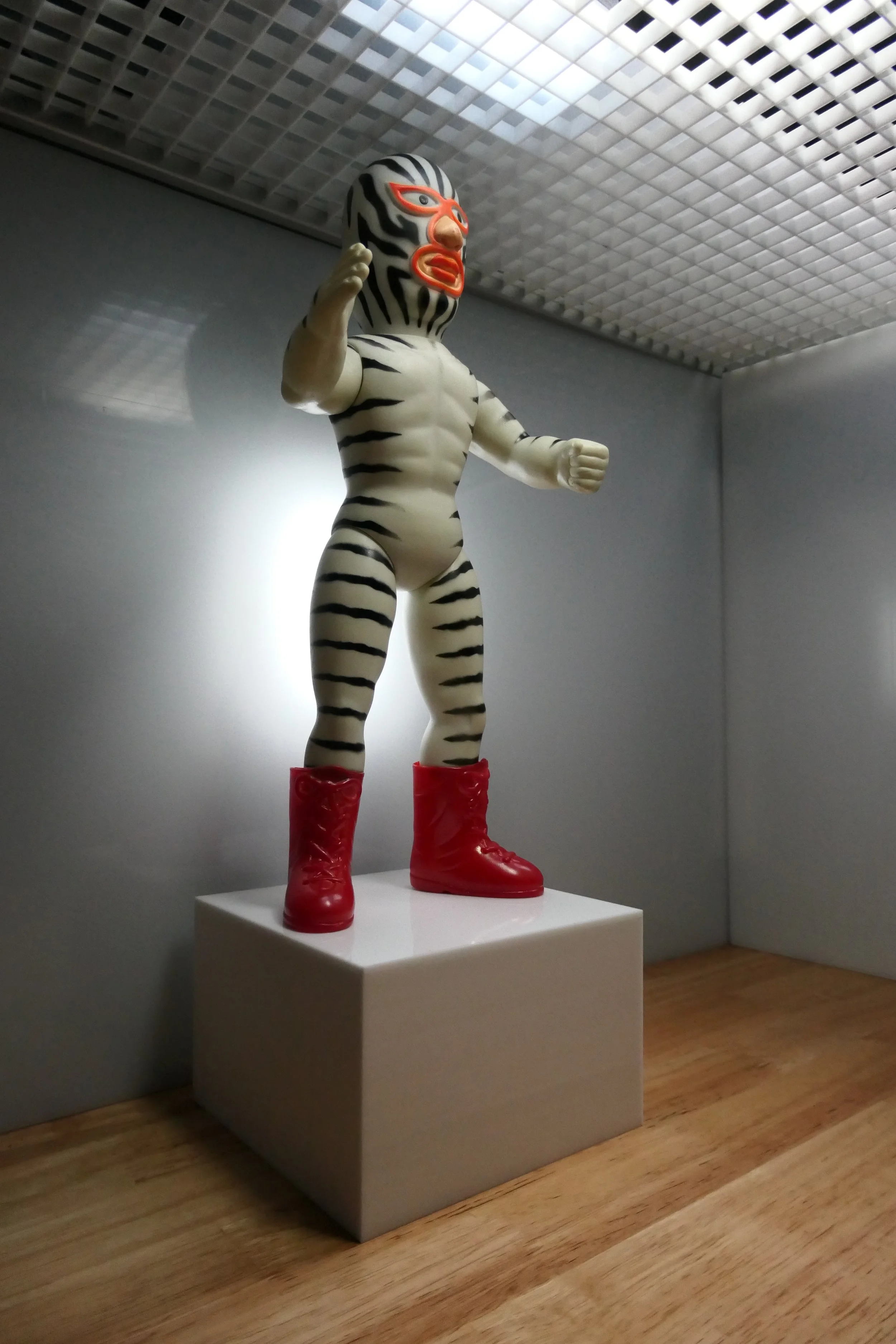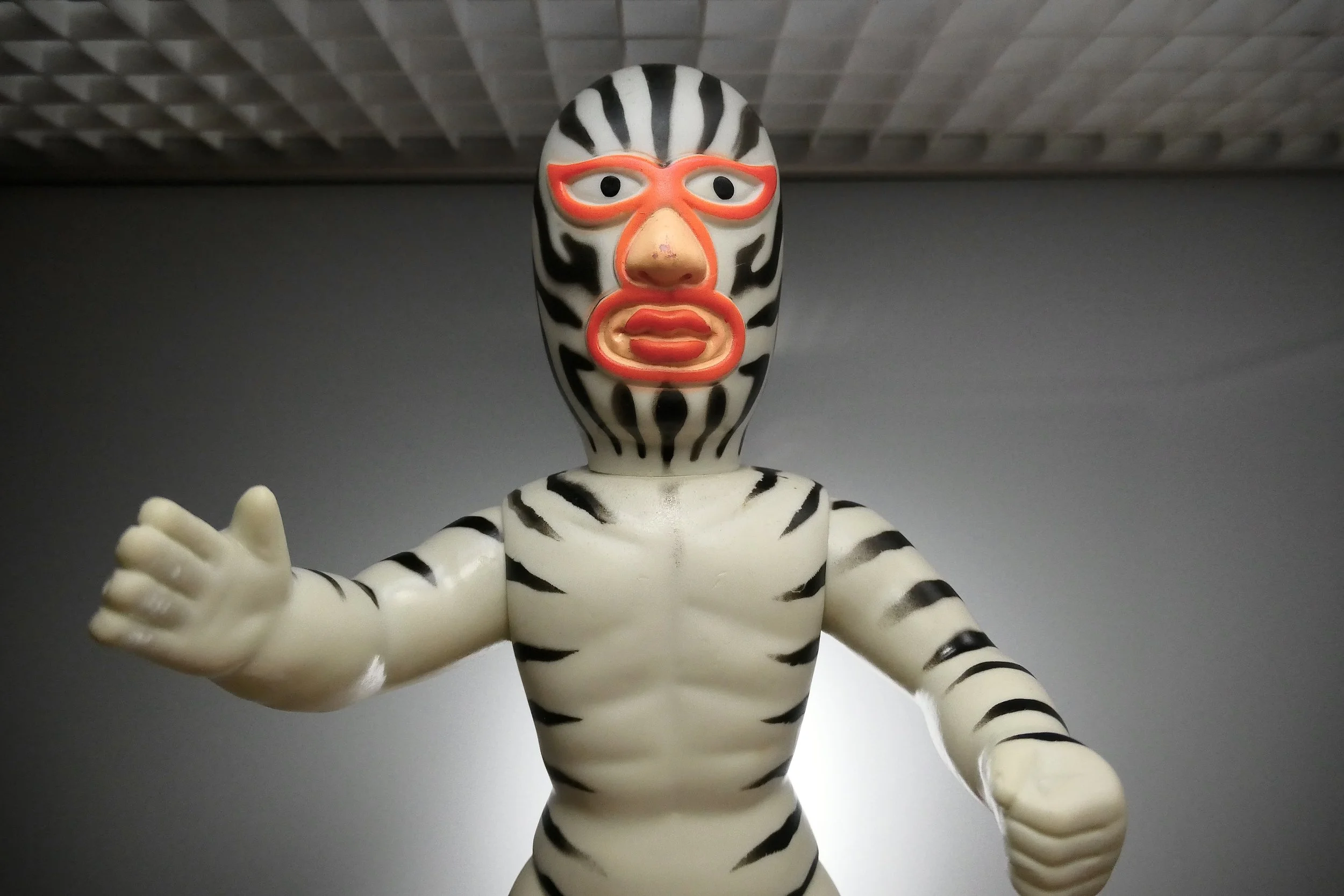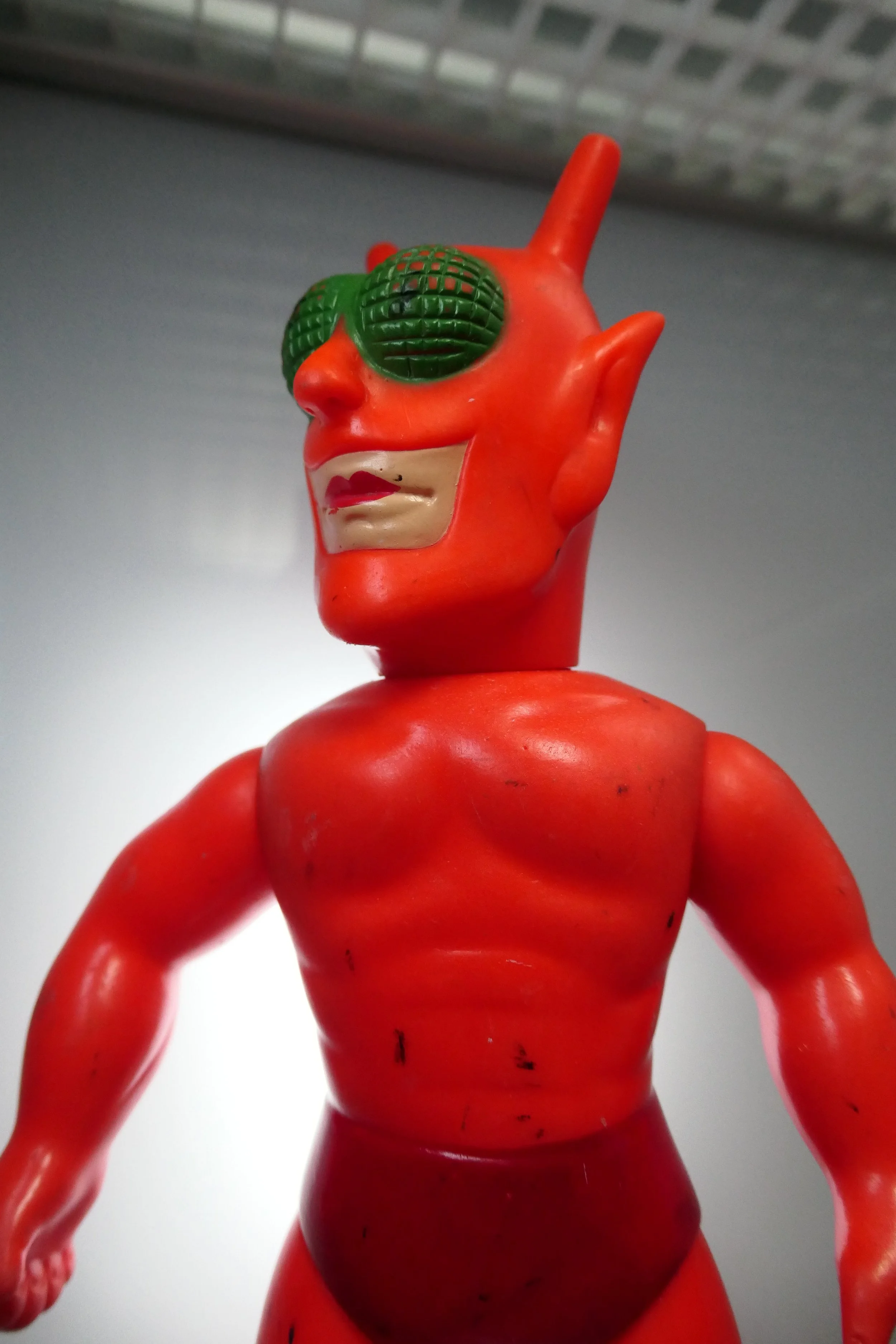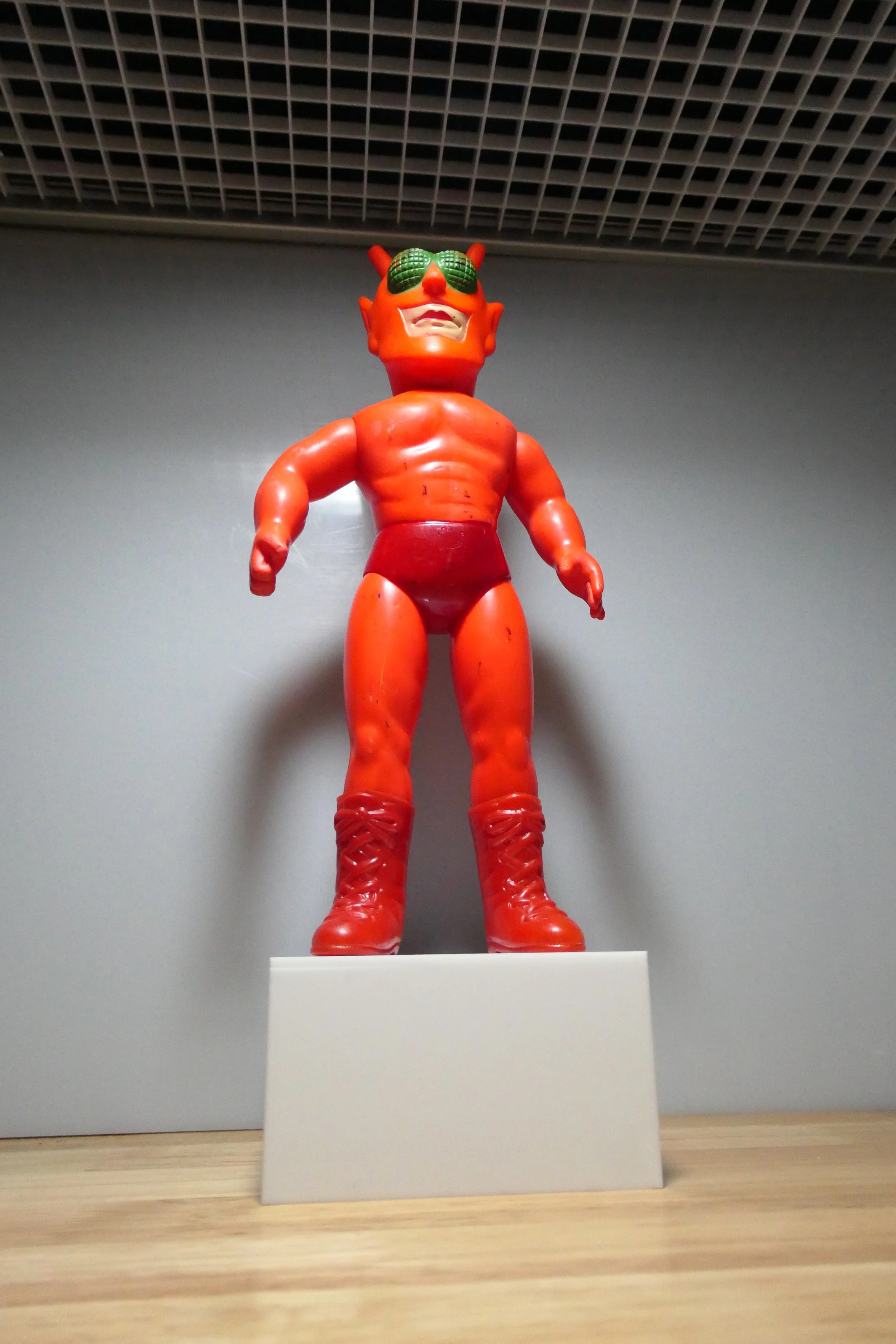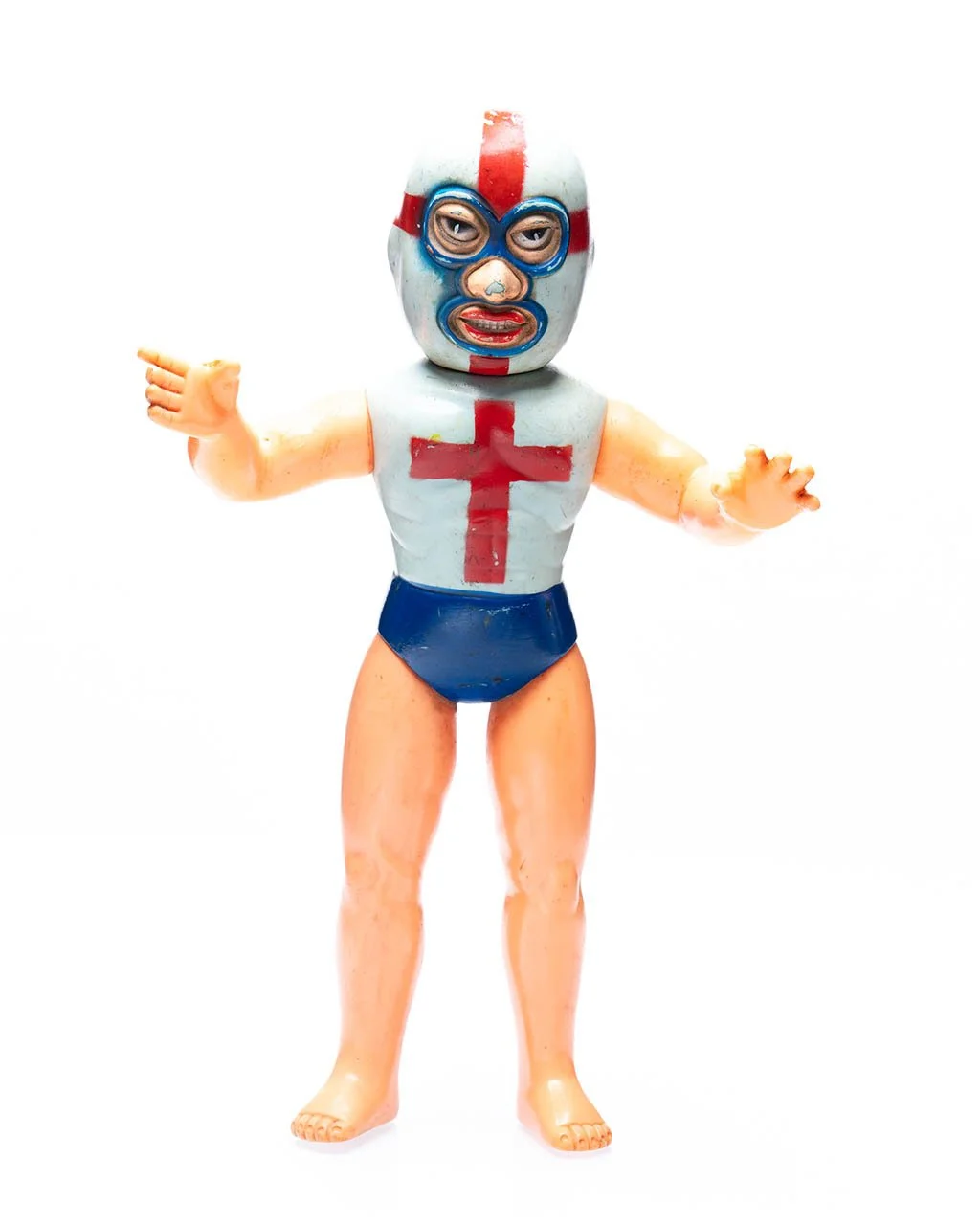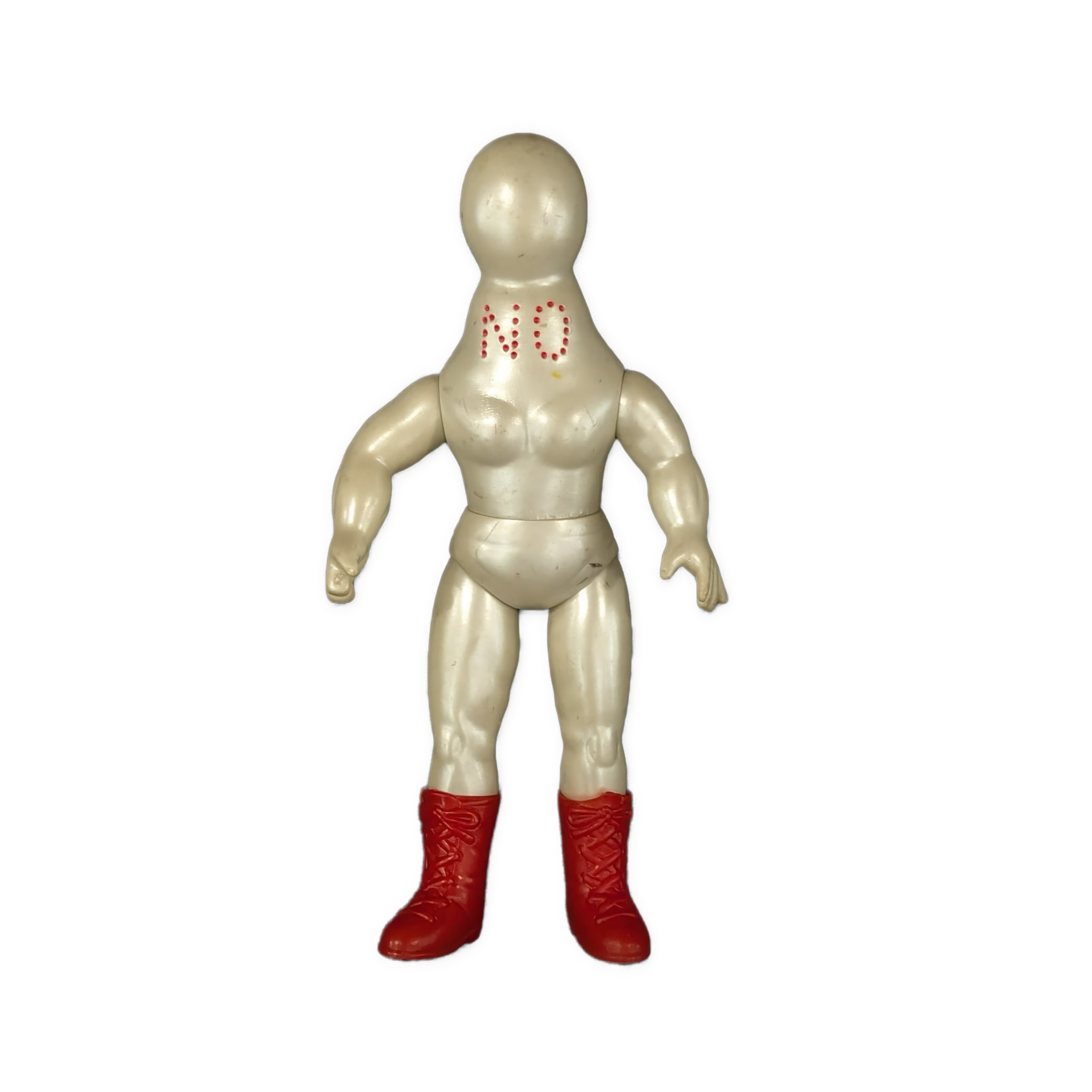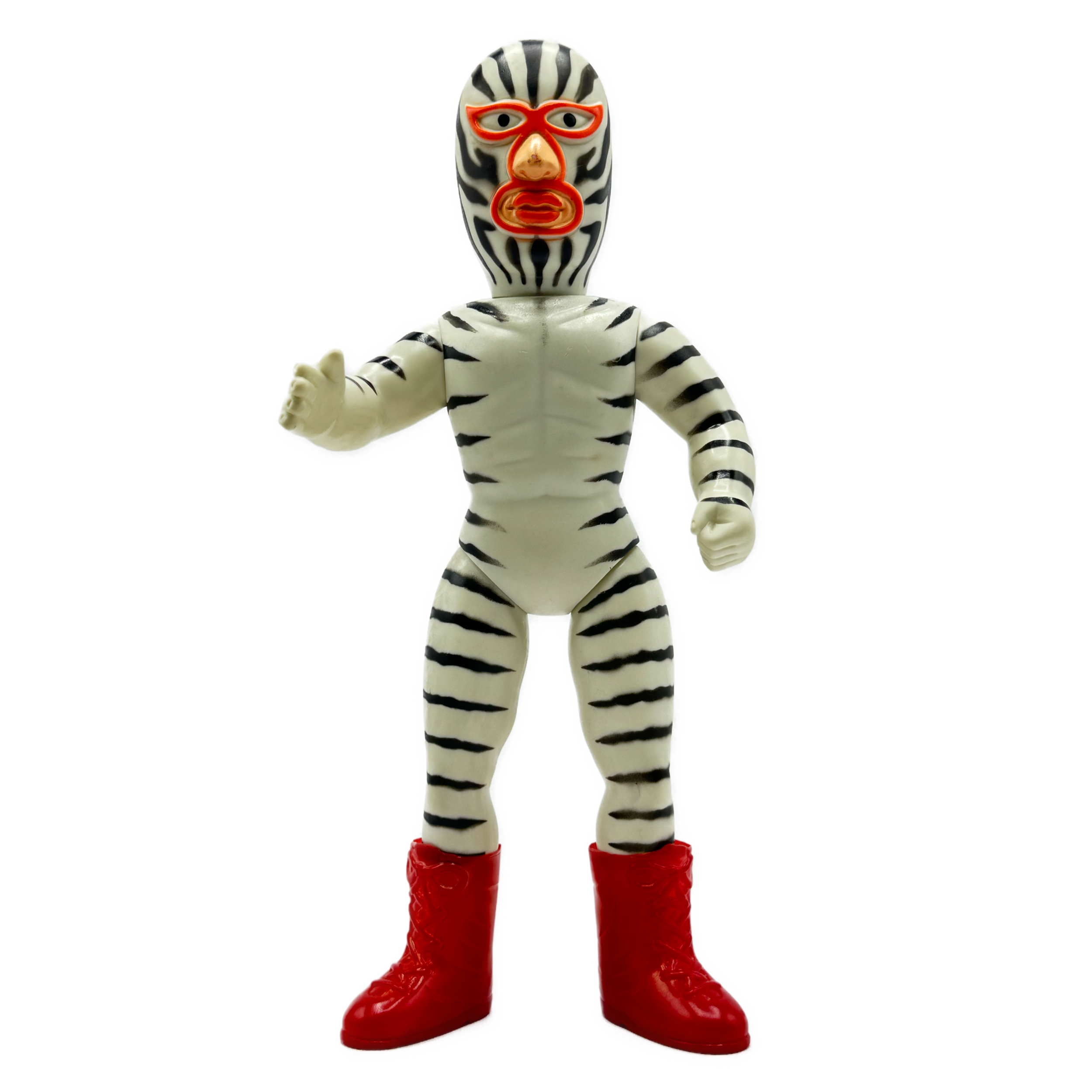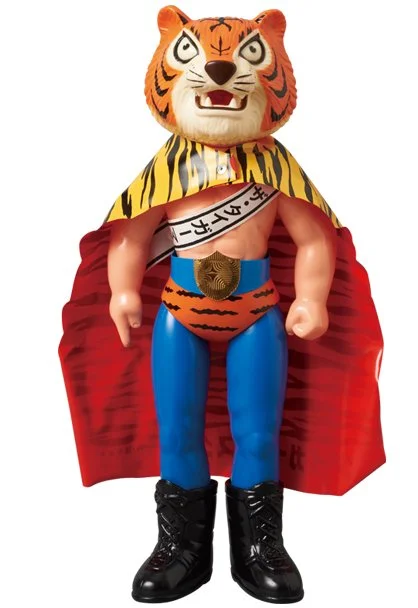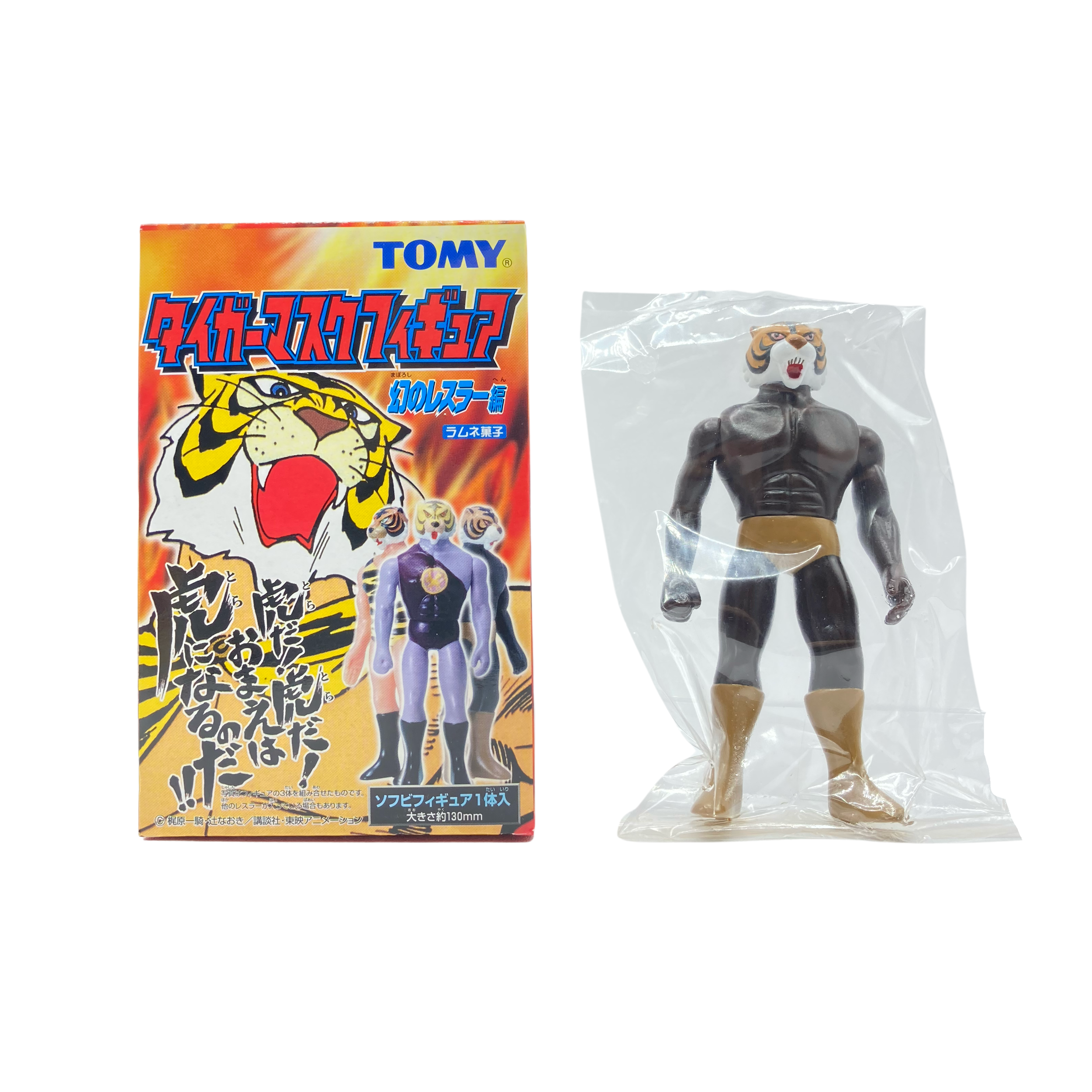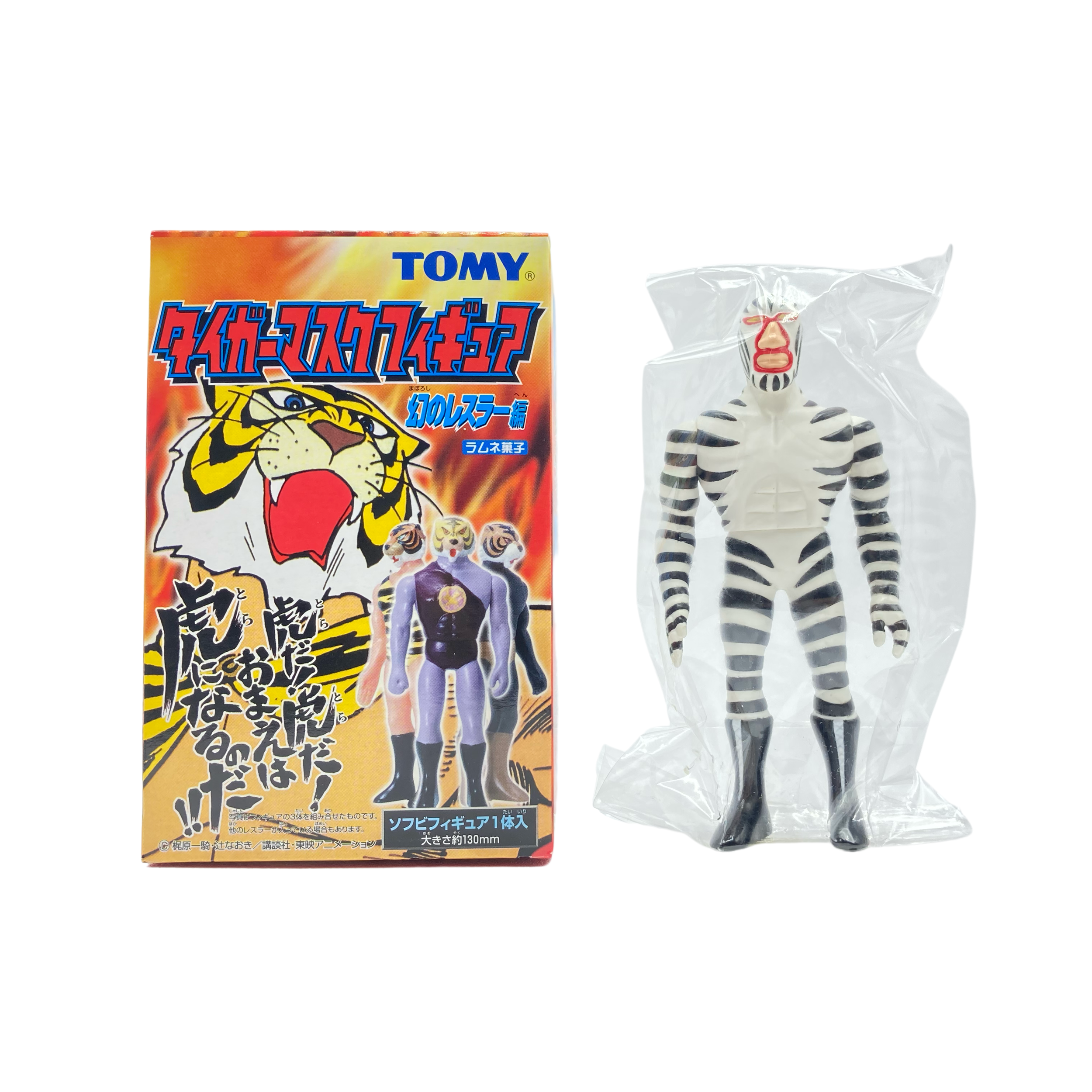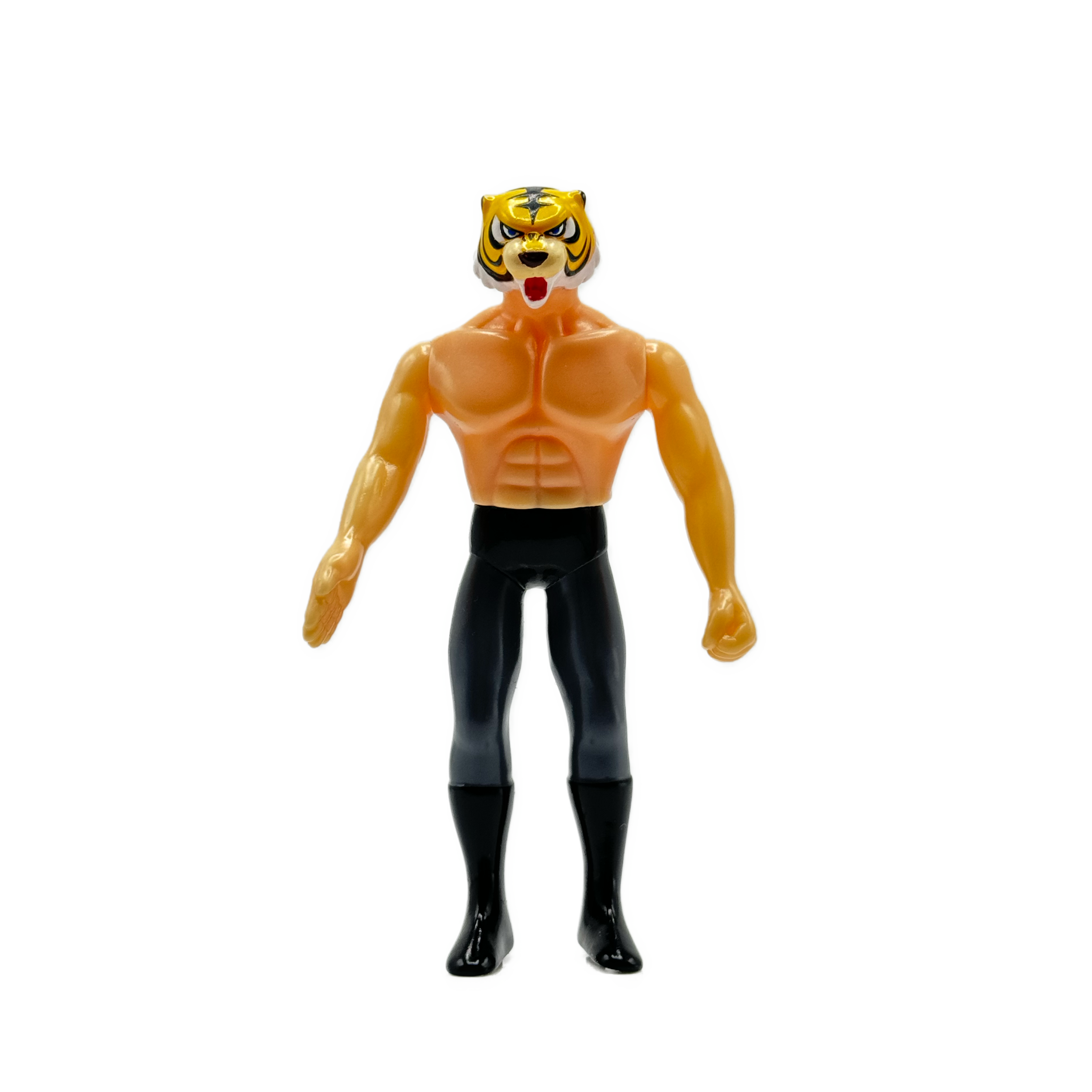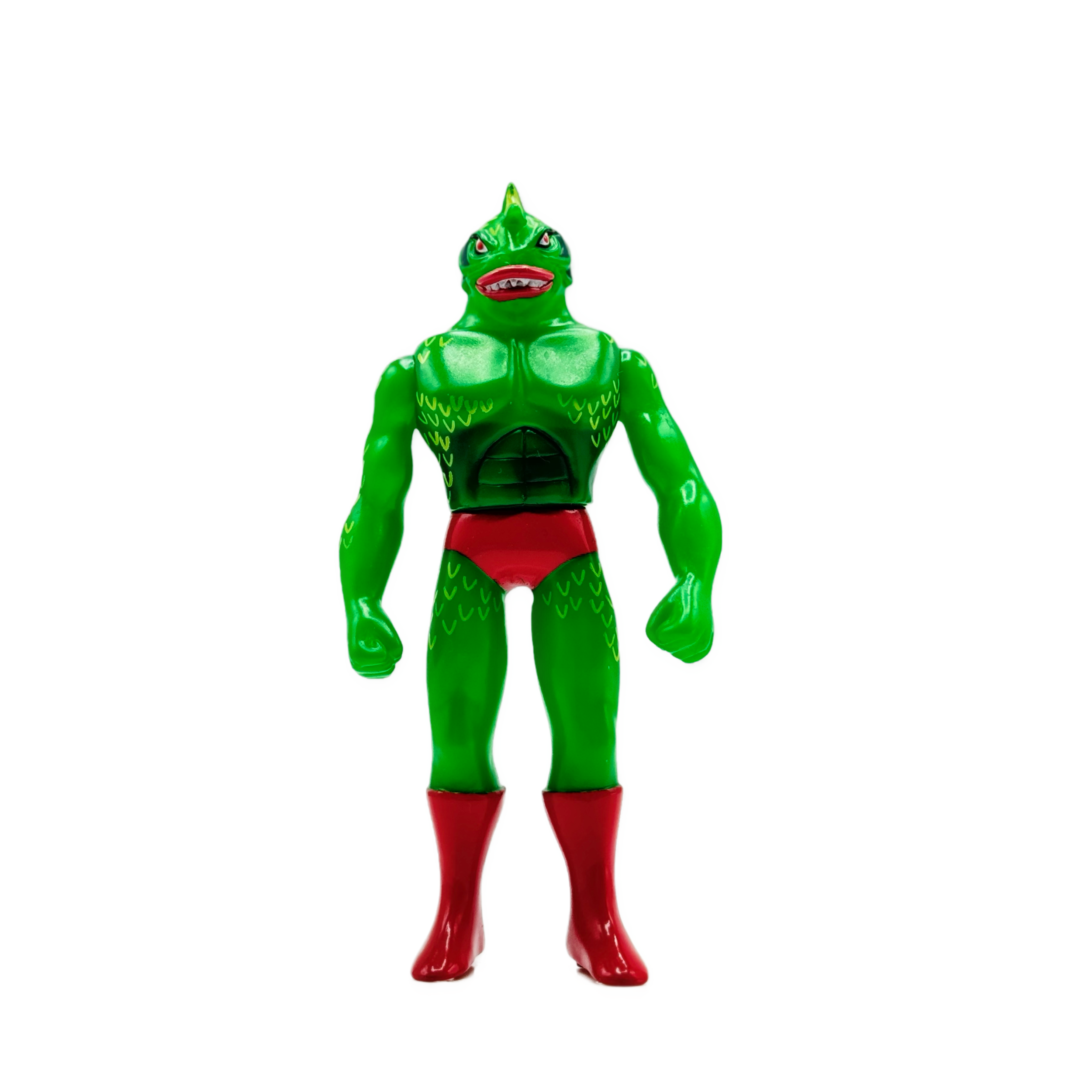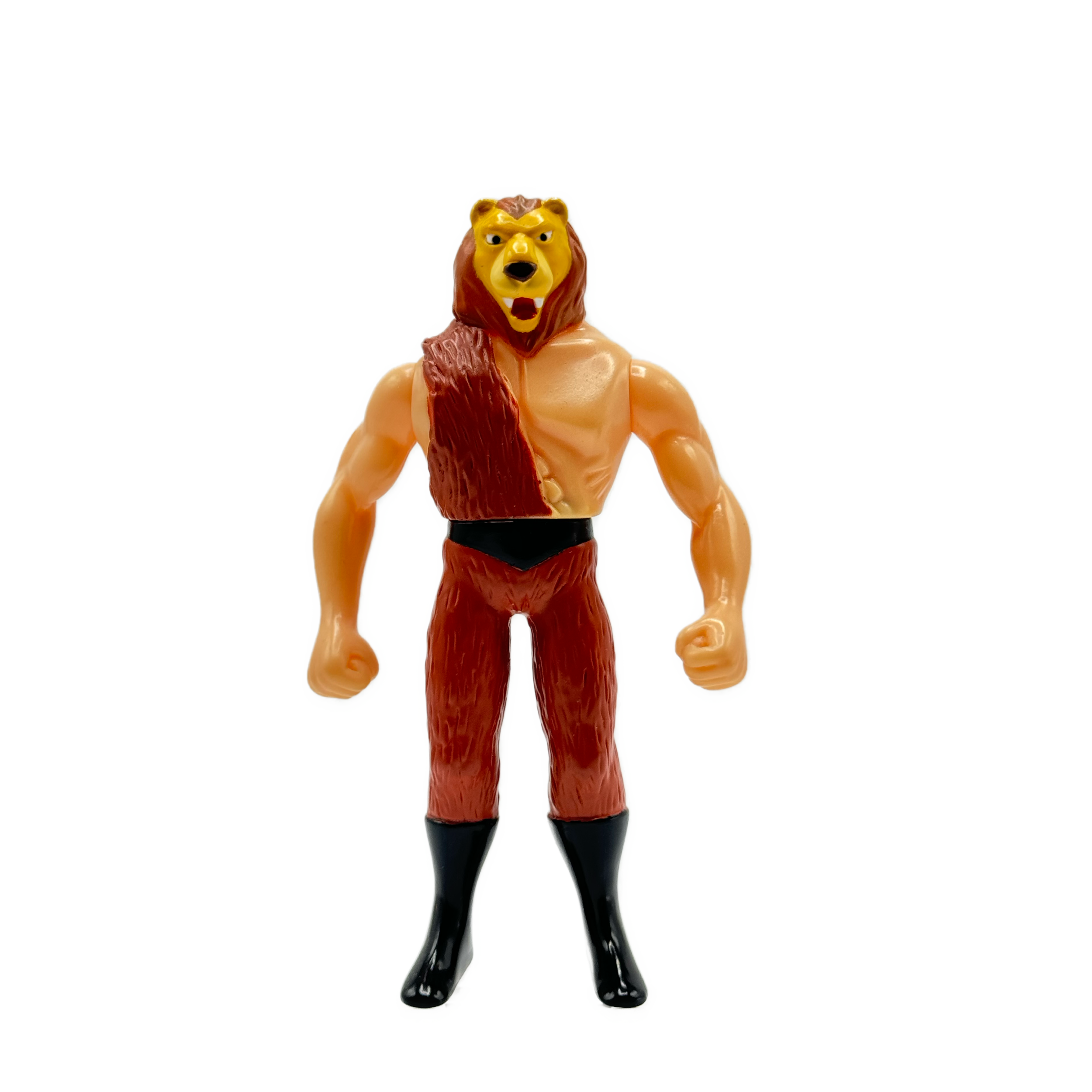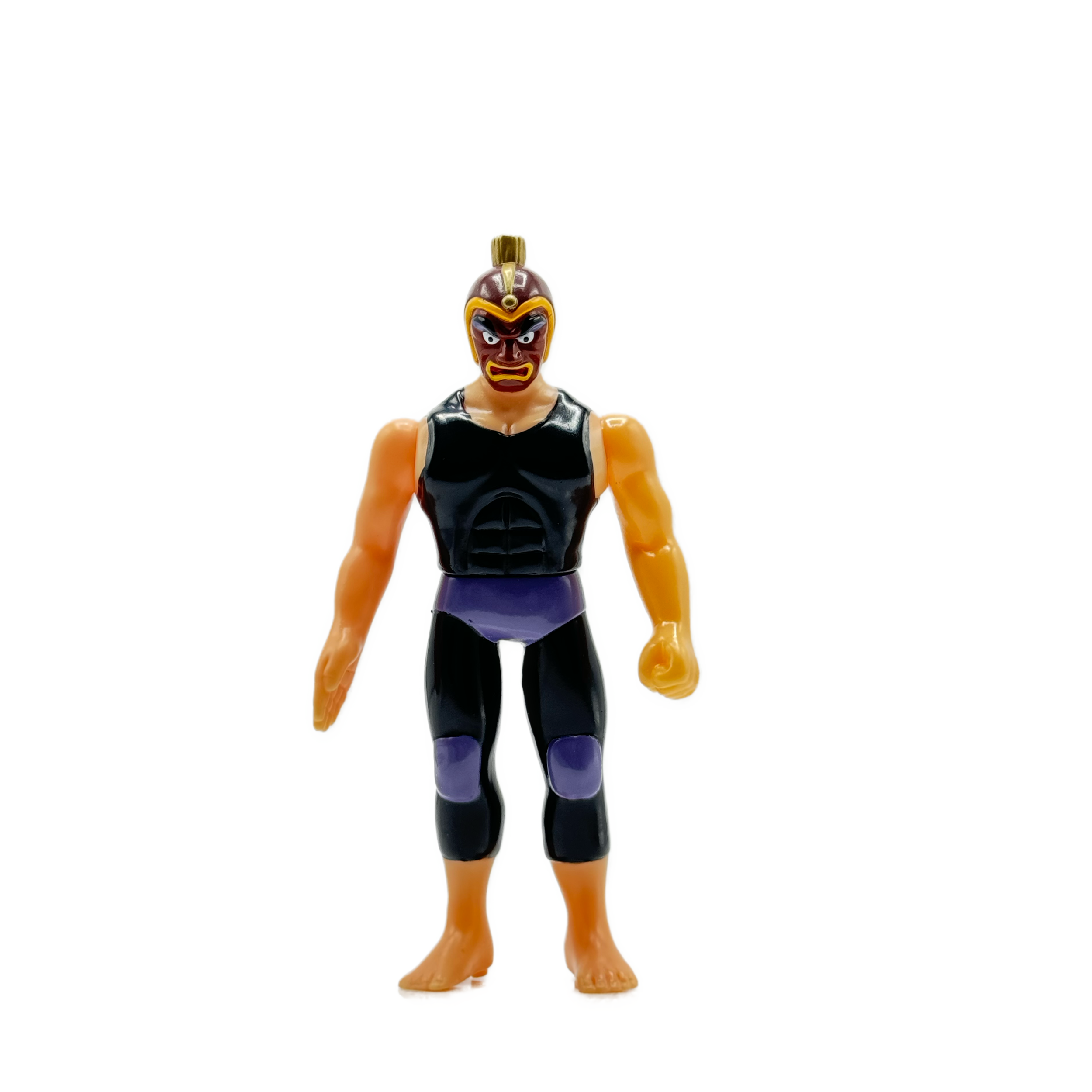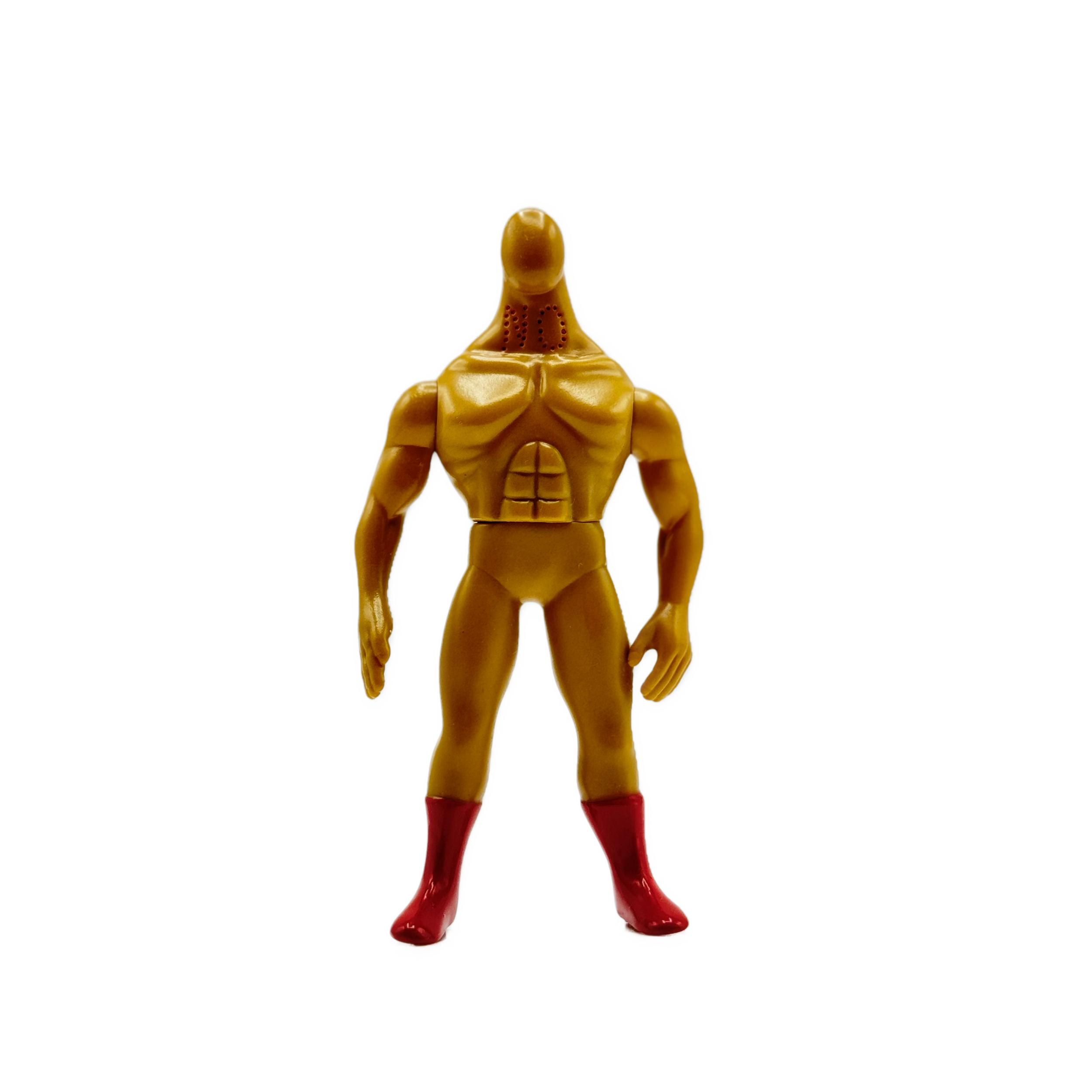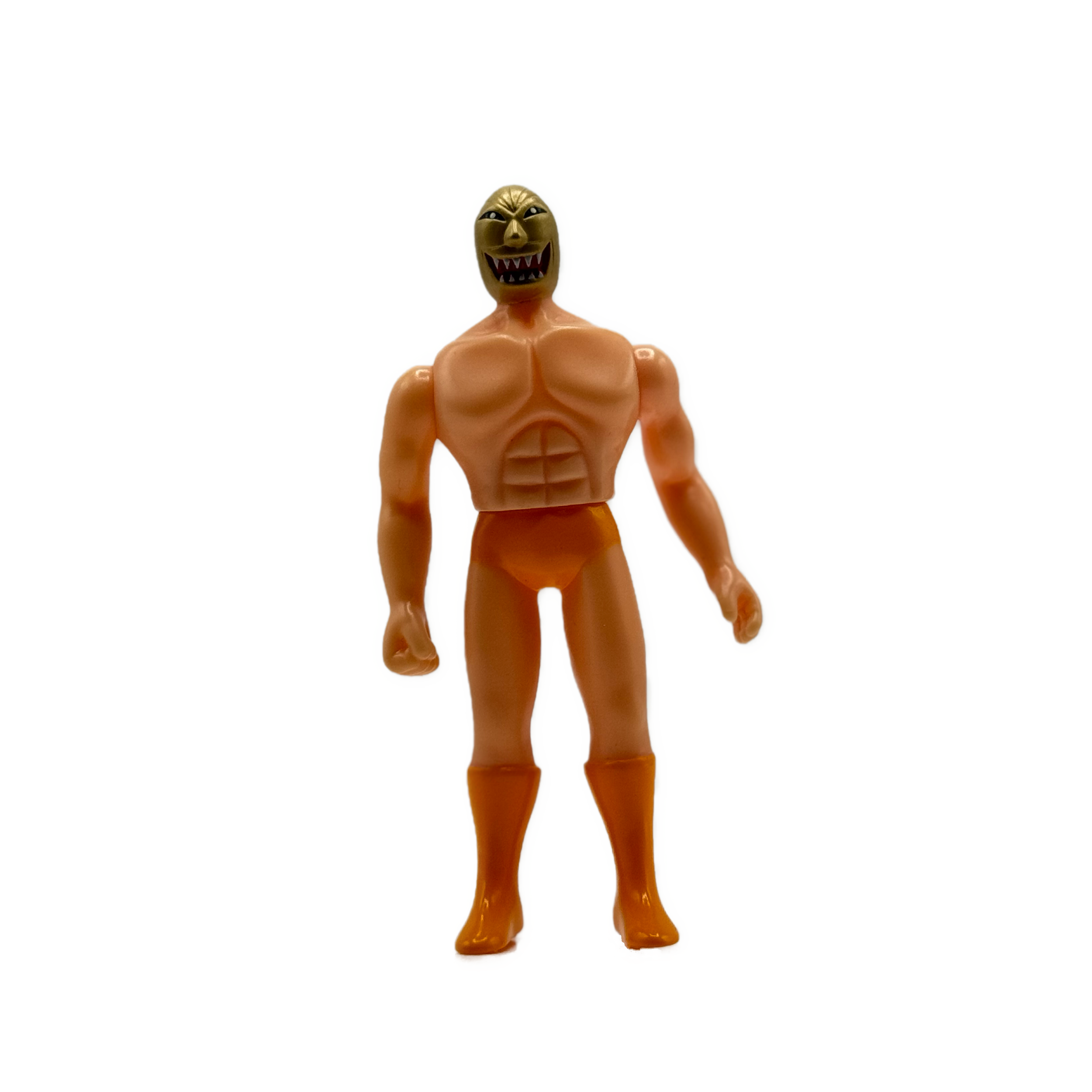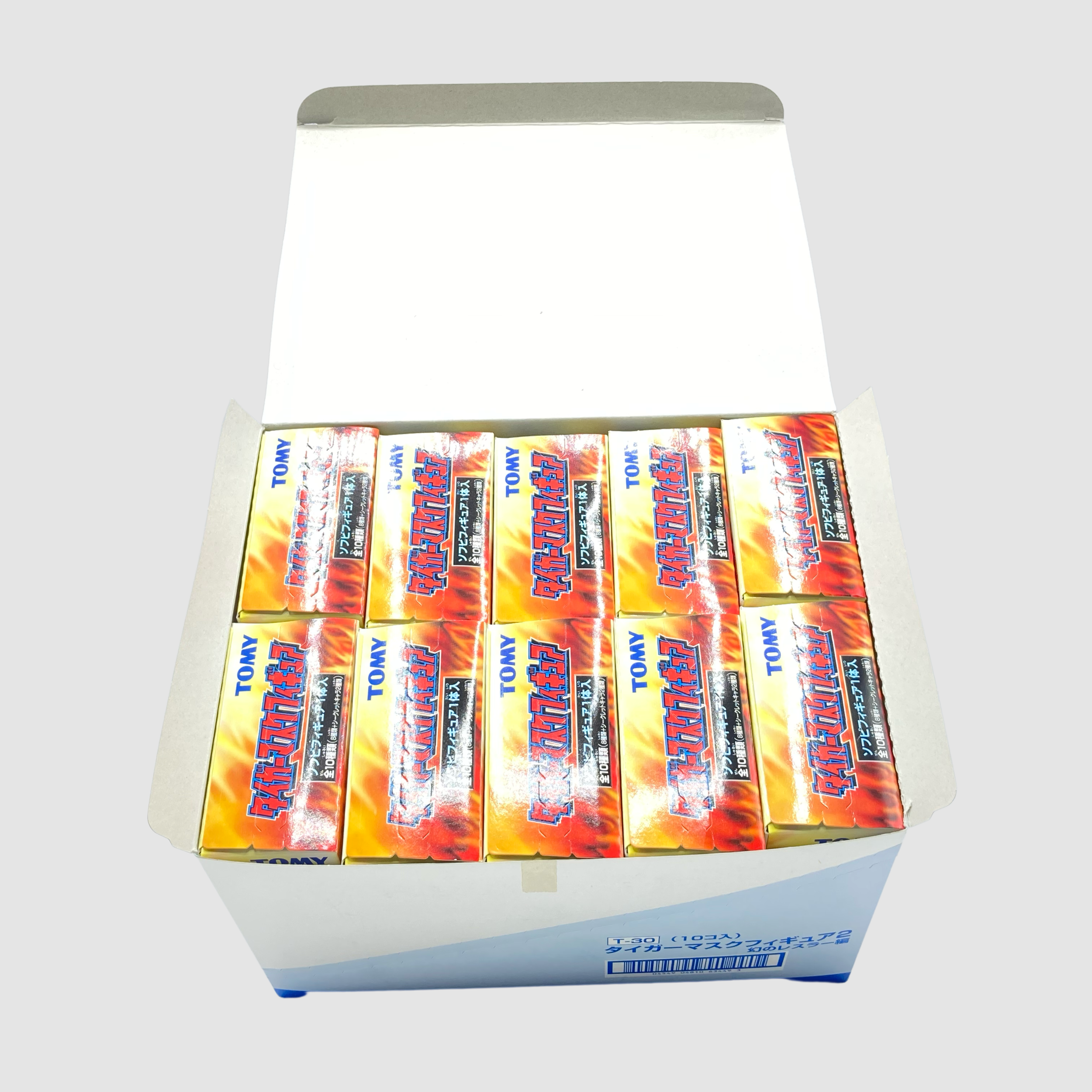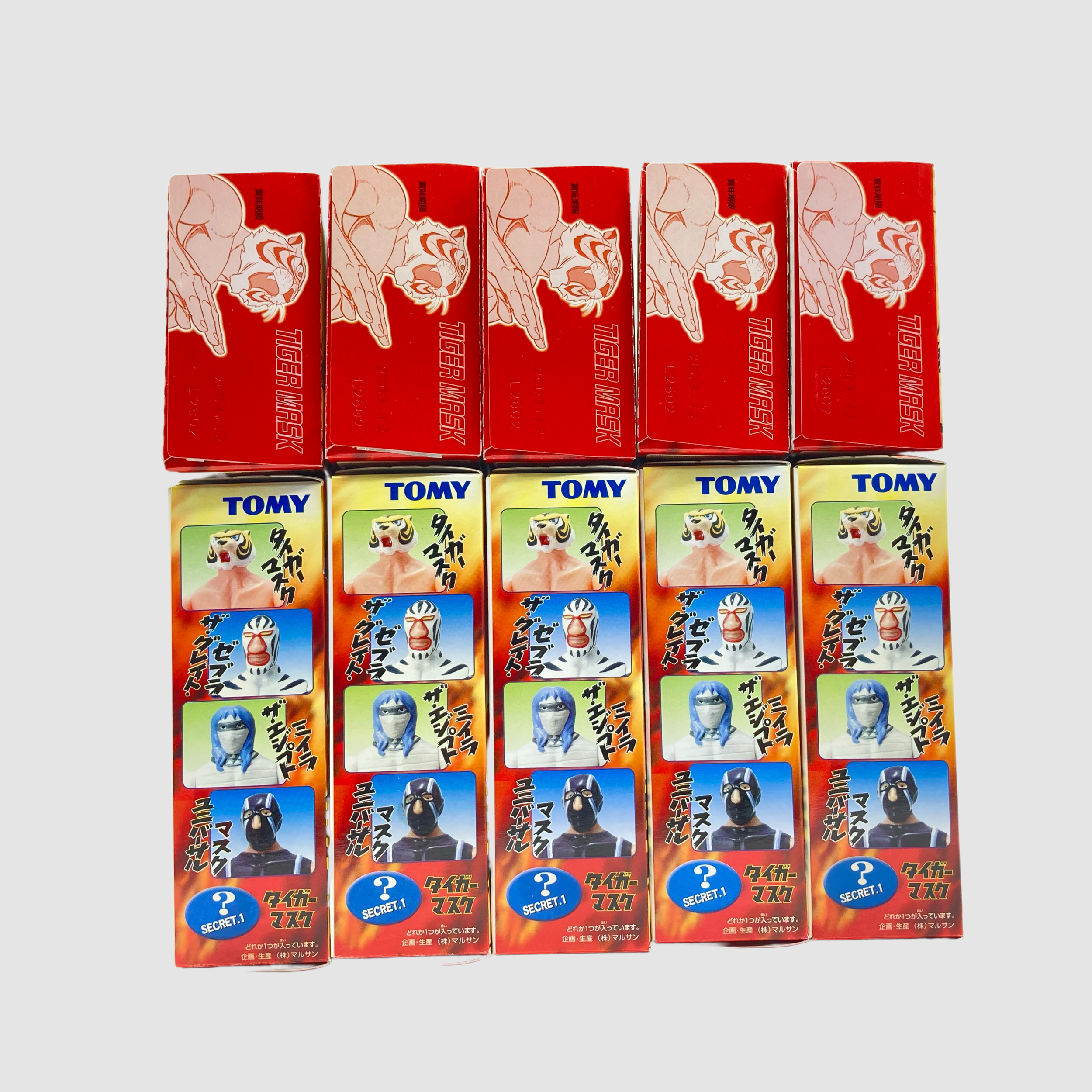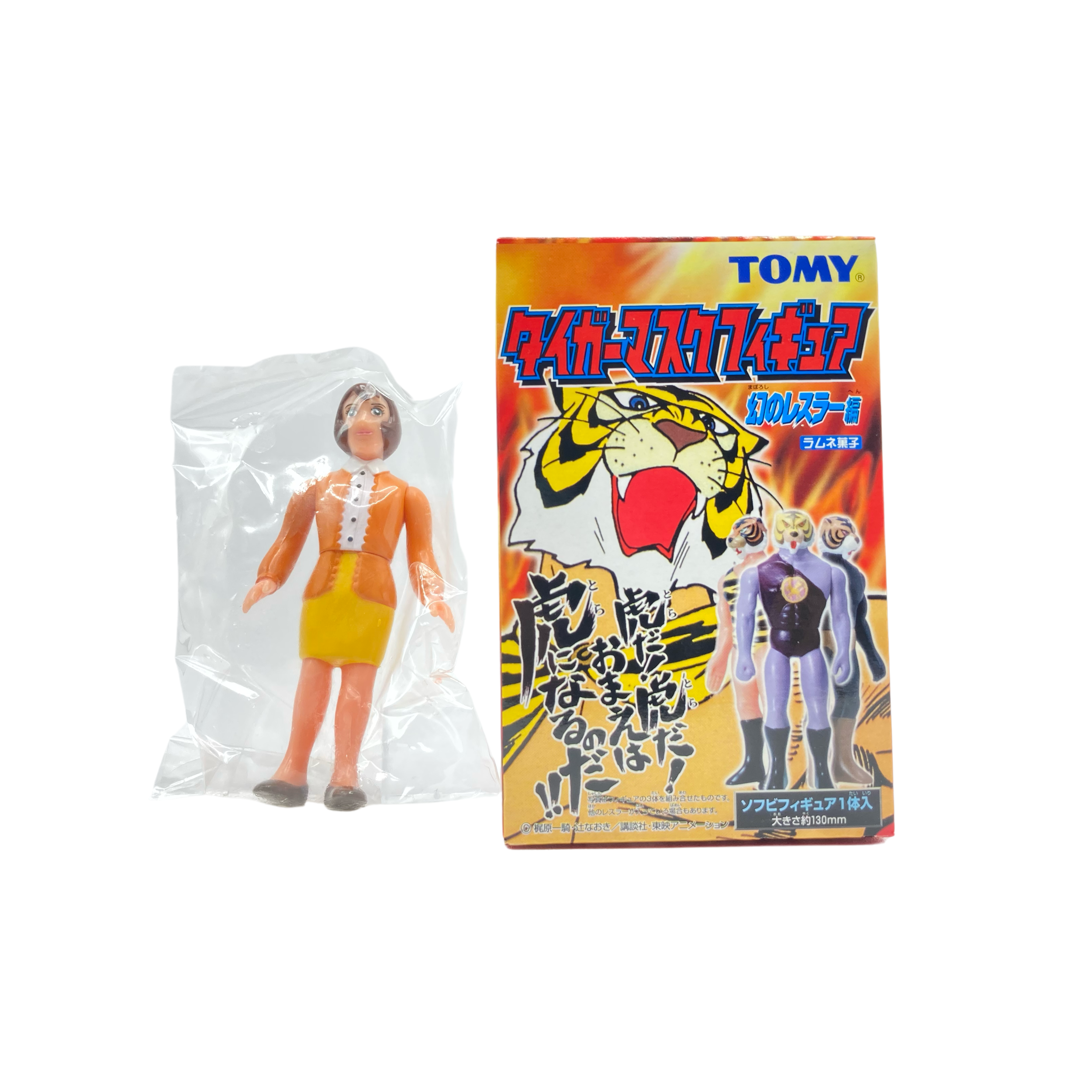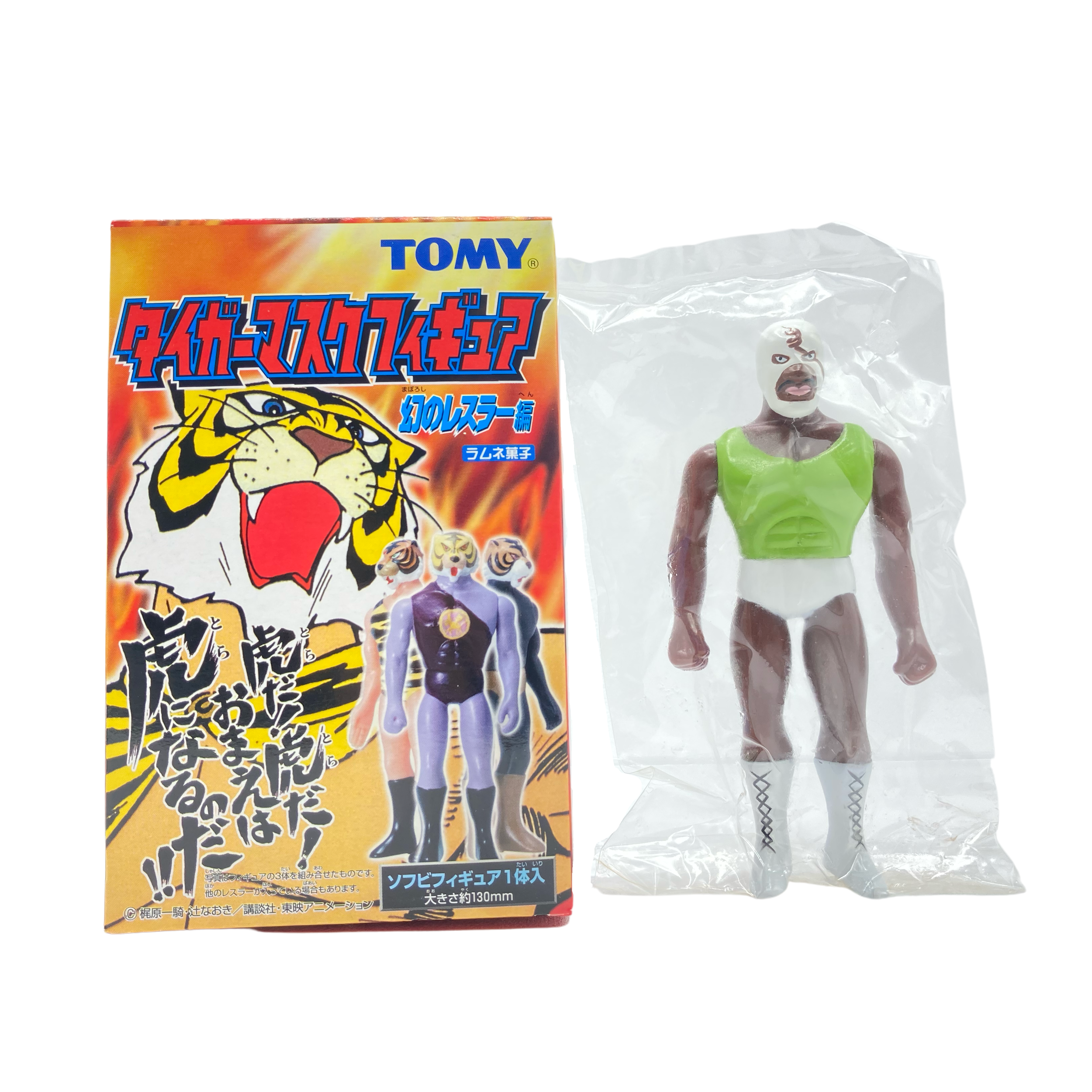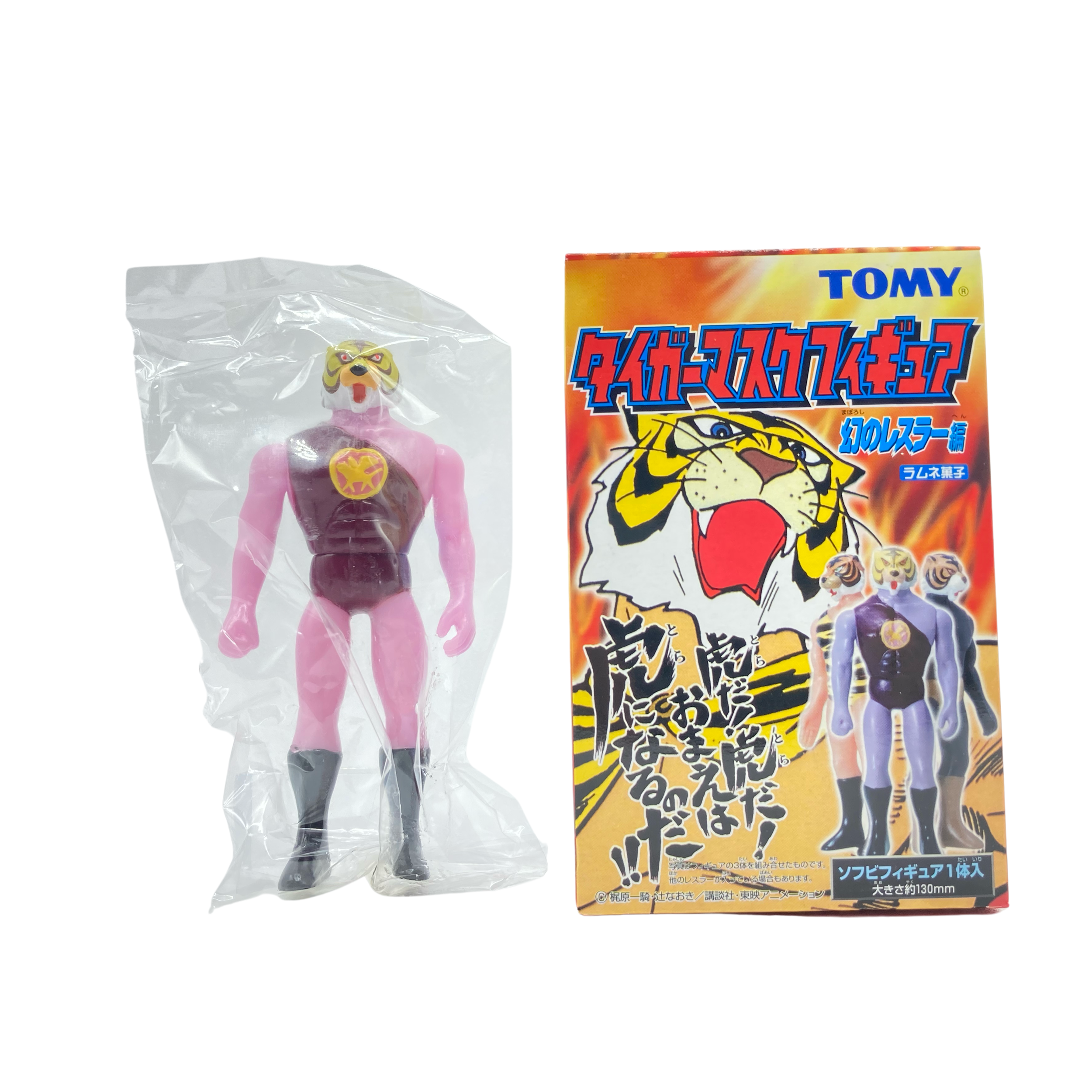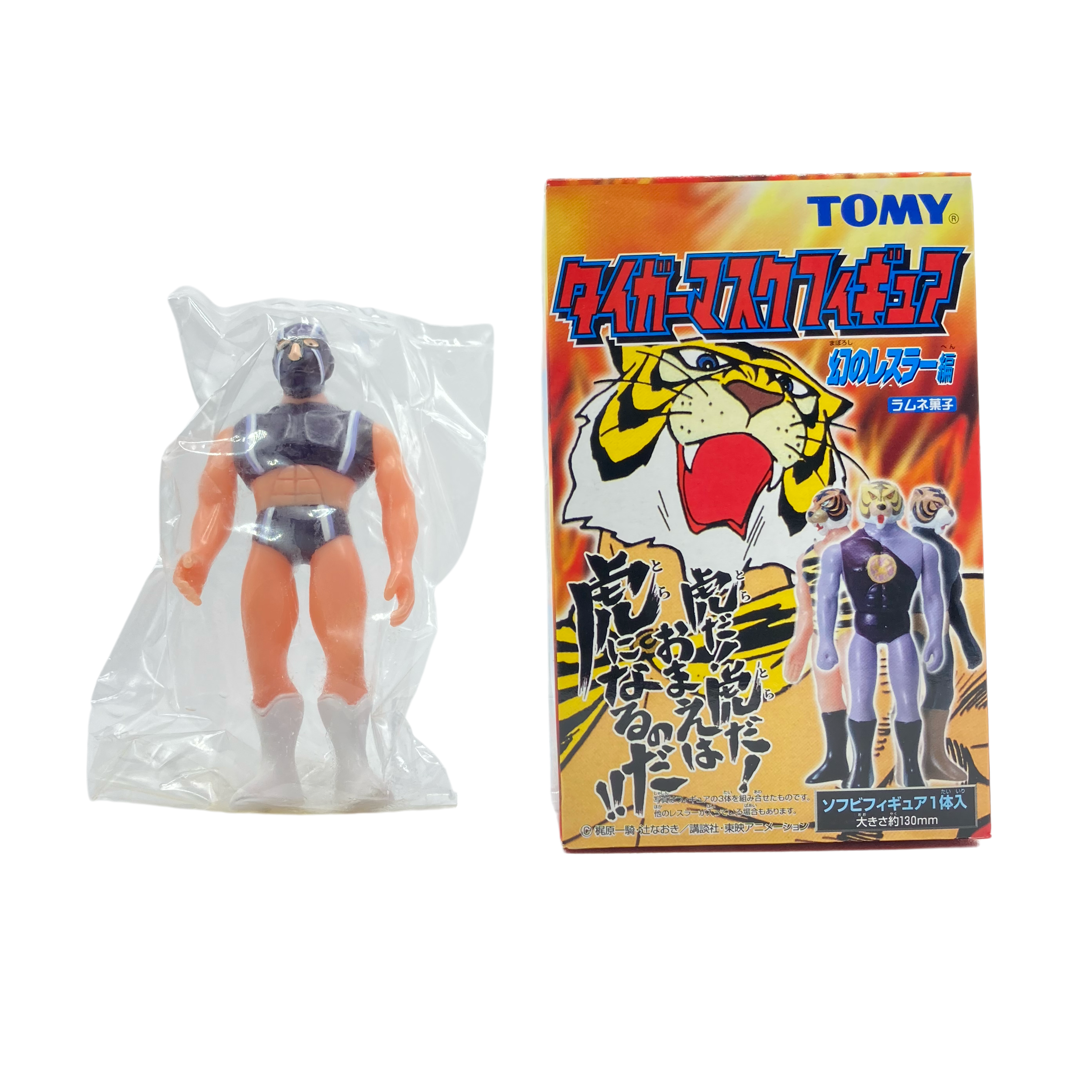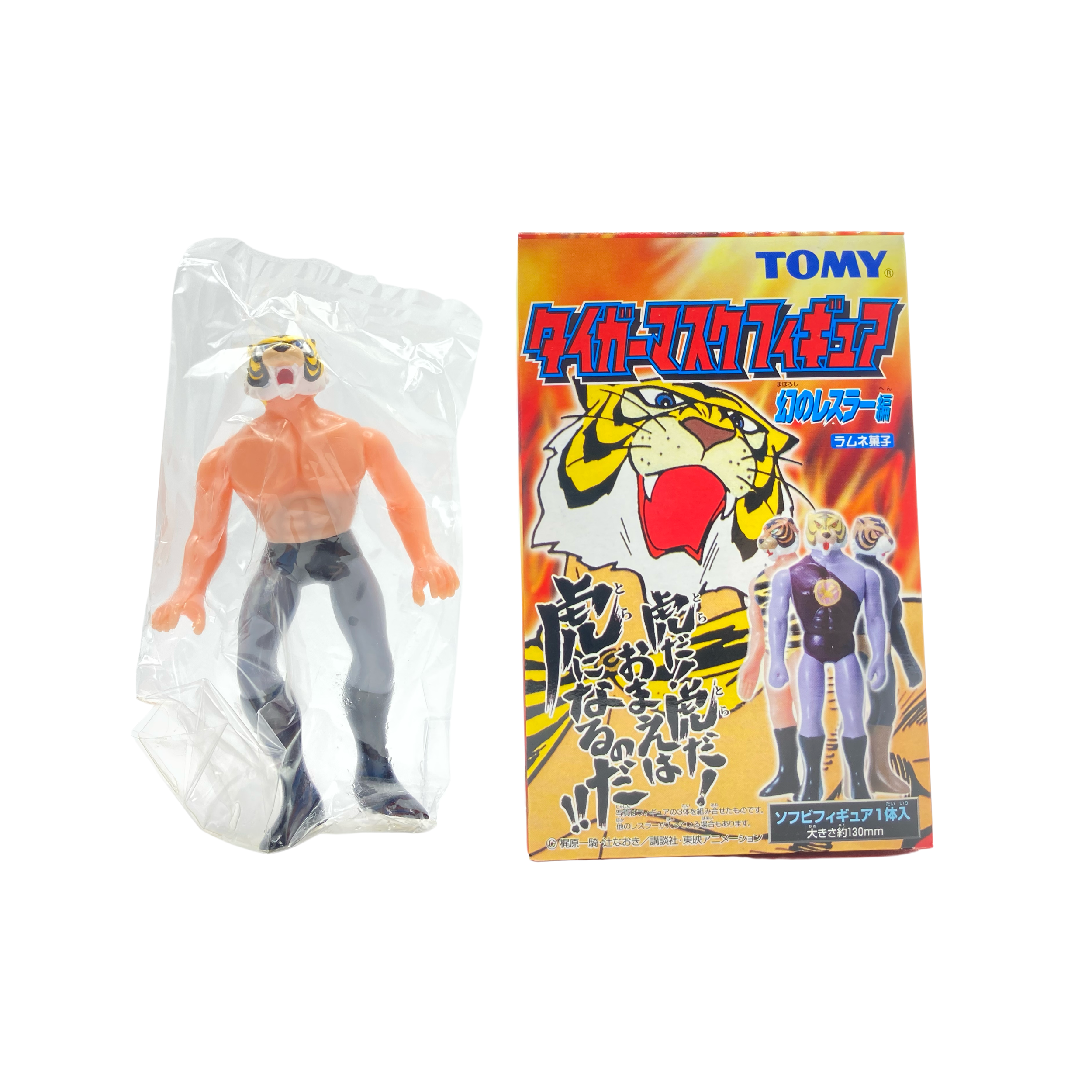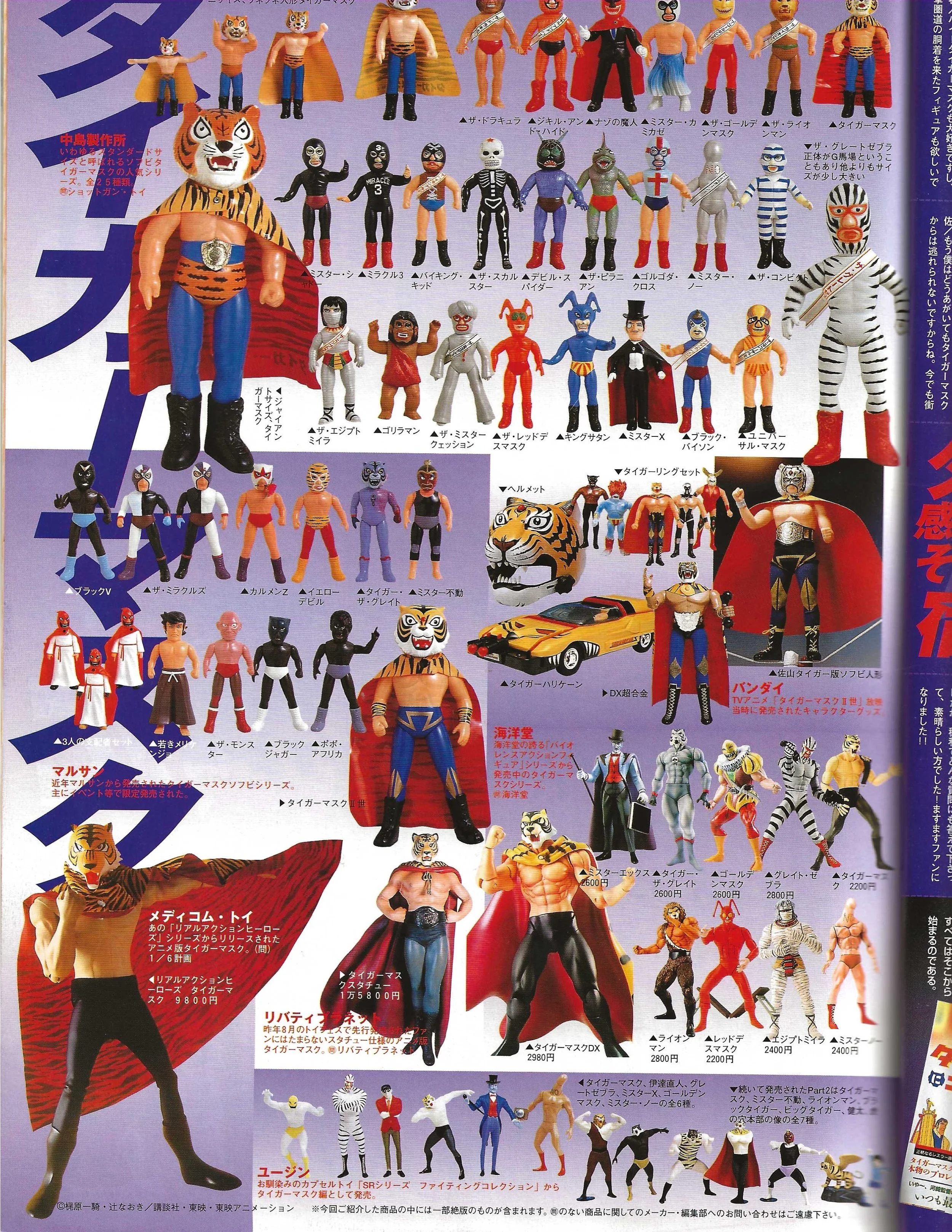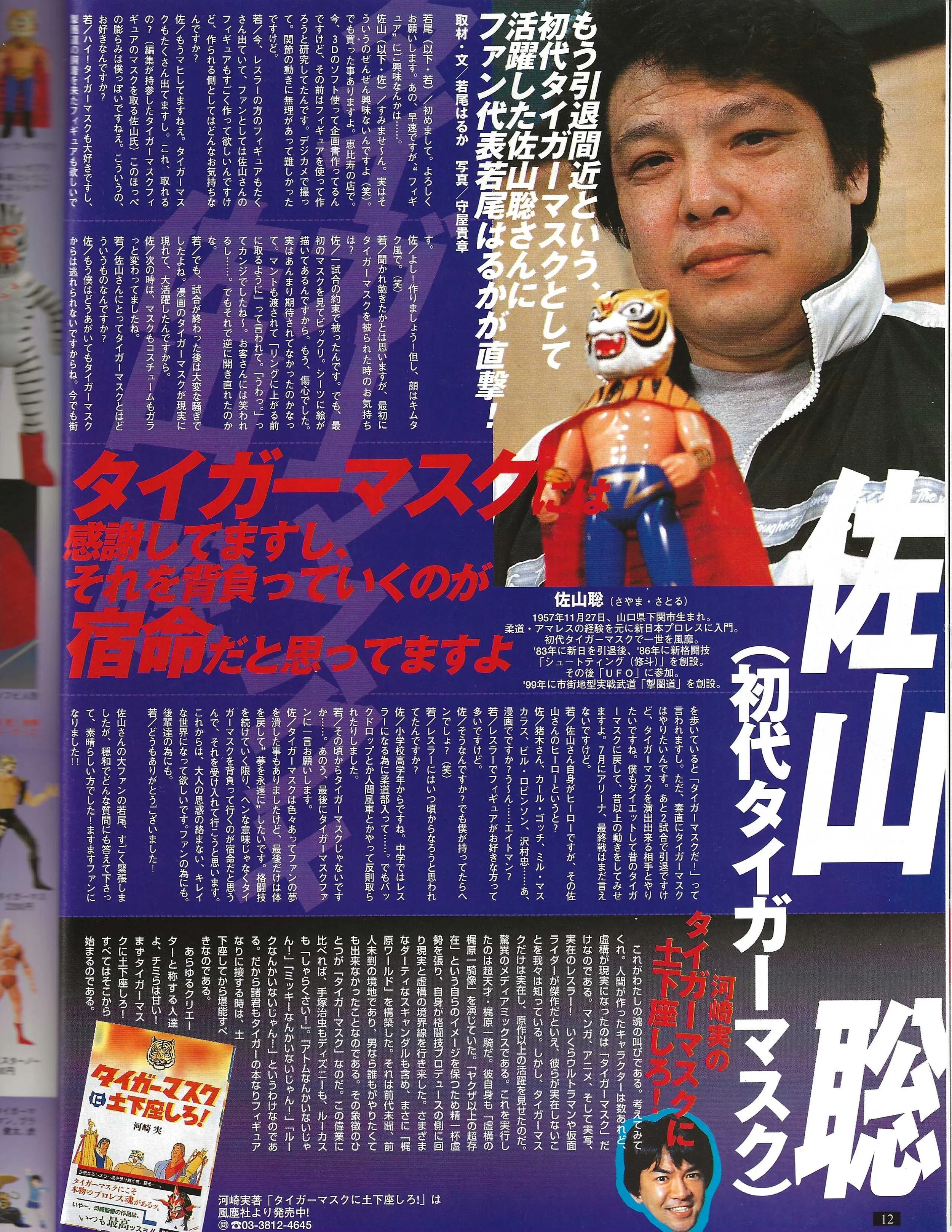In 1968 Ikki Kajiwara & Naoki Tsuji would team up with Manga Publishing House Kodansha to create a whirl wind of a emotional story of Naoto Date better known as Tiger Mask.
The Tiger Mask character would take influence from Fray Tormenta : the Priest Luchadore in Mexico who would wrestle under the mask to support over two hundred and seventy children within his Orphanage.
Where the Tiger Mask story differs is Naoto Date would be abandoned by his Orphanage when it closed and in seeking parental figures he would be initiated into the trainings of the Tiger’s Den.
Within the Tiger’s Den , Naoto would gain the powers and wisdom of a Ferocious Tiger & would then go on to Compete in the world of Professional - Wrestling.
His story would arch over fourteen Periodical Volumes of his Journey in traditional Pro-Wrestling fashion from Heel to Babyface.
This story would be published in Kodansha’s newest Publication in efforts to attract a younger generation : The Weekly Bokura Magazine.
The earlier Weekly Bokura Magazine covers
Originally housed in the Weekly Bokura Magazine Publication the Tiger Mask stories would eventually see themselves get a stand alone Volumed Manga trade back release from Kodansha
Anime Adaptation
The Manga series captured the heart of all of its readers and soon developed interests from TOEI Animation Studios.
The archival documentary shown broadcasted the now traditional process of how the show was created.
Within a short period of time TOEI’s interests transferred the life from the Manga pages to the hand sketched frames that were then Xeroxed, & developed into the Celluloid sheets that would be overlayed on top of hand painted backgrounds for each scene.
The Anime first aired through Yomiuri Television station & ran for a total of 105 episodes from October 2nd, 1969 - September 30th, 1971.
Celluloid’s & Frame Works
Masked Mania: The Fandom Power Behind
Tiger Mask's Merchandising Revolution
Bromide Cards
Ever popular in Japan, a early photographic & Illustrative method of printing.
Since the 1880’s Japan’s use of Bromide paper when capturing photographs would develop into a way of collecting popular celebrities portraits.
As Japan pushes toward the 1940’s Bromide would become more accessible to the average citizen & soon find its way into the several niche’s within Japanese Pop-culture.
Manga illustrations and Photography from Sporting & Television shows would become the thing to collect for all ages in Japan.
Pachi ( Bootleg )
This unmarked Tiger Mask card was a bootleg publishing of a non-canon rendition of the Character, in todays market place Pachi Bromide cards can often be more valuable than the official ones.
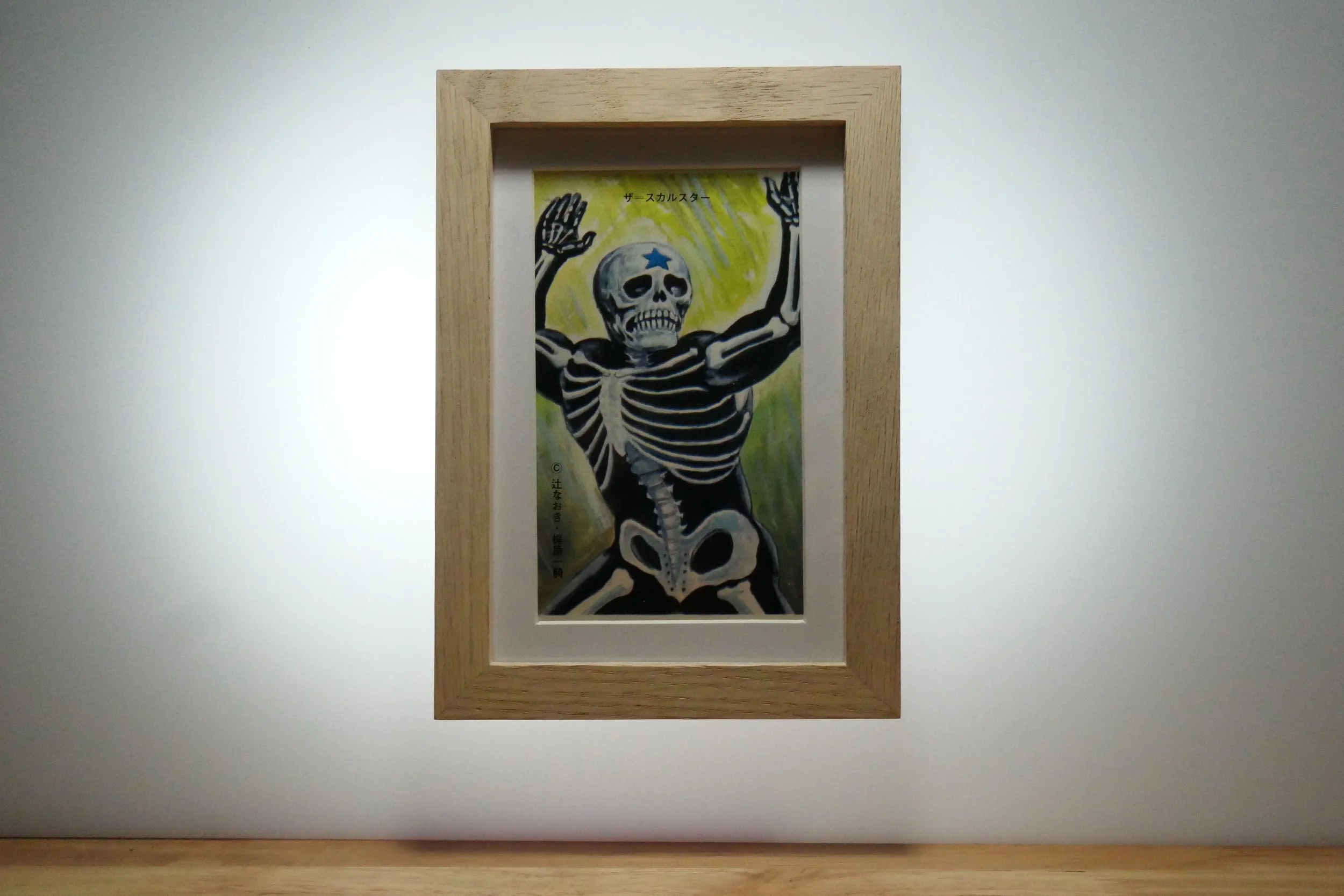

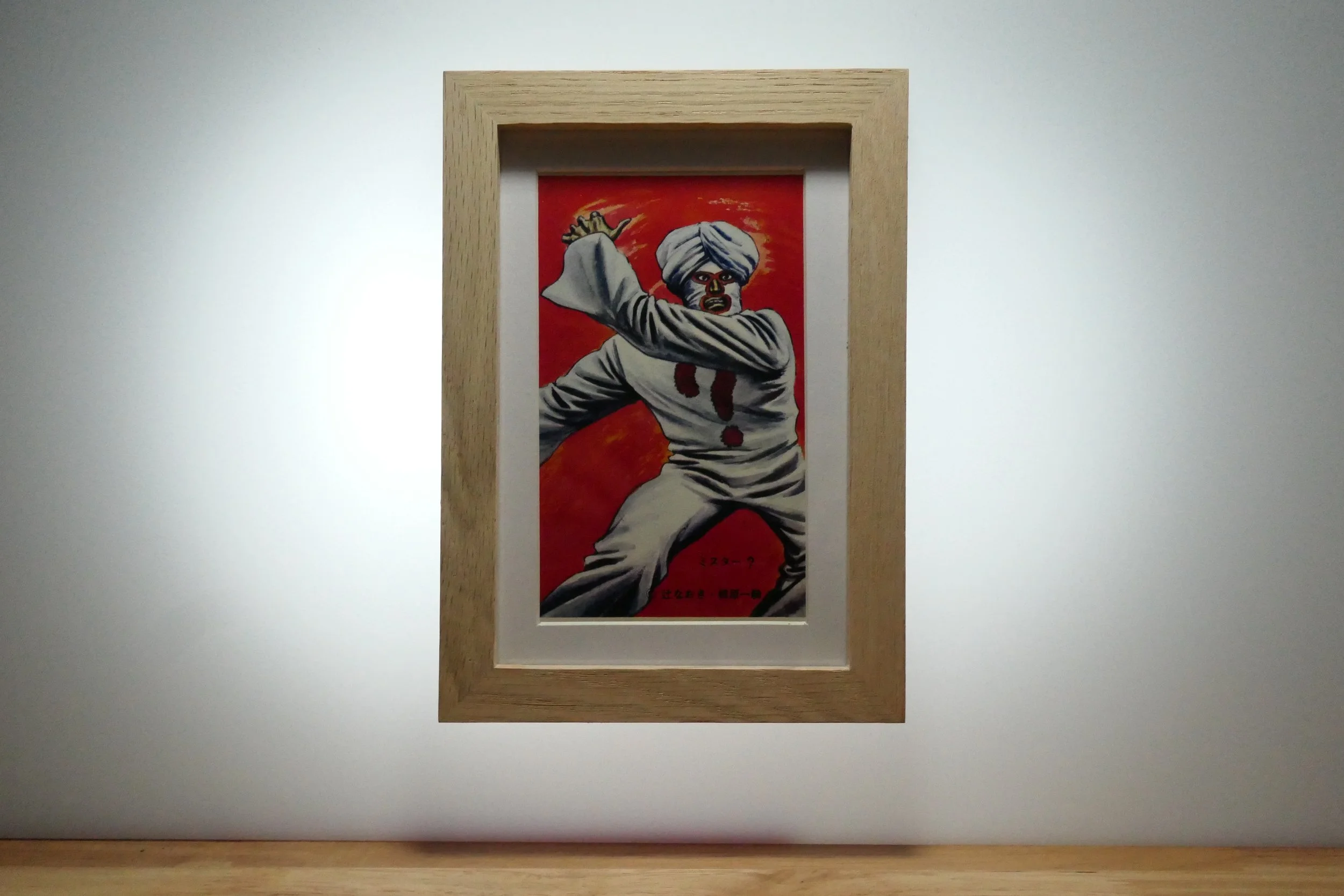
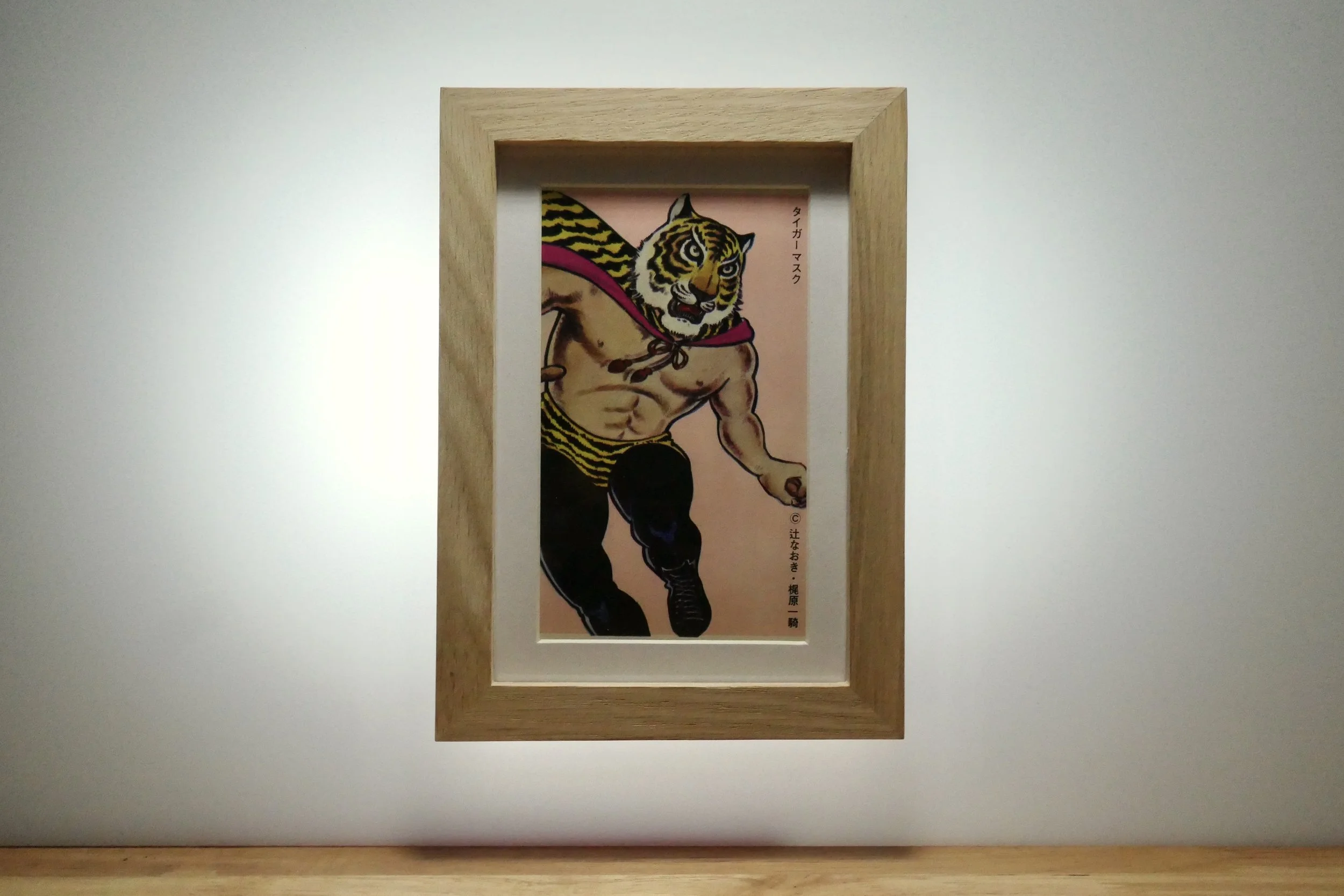
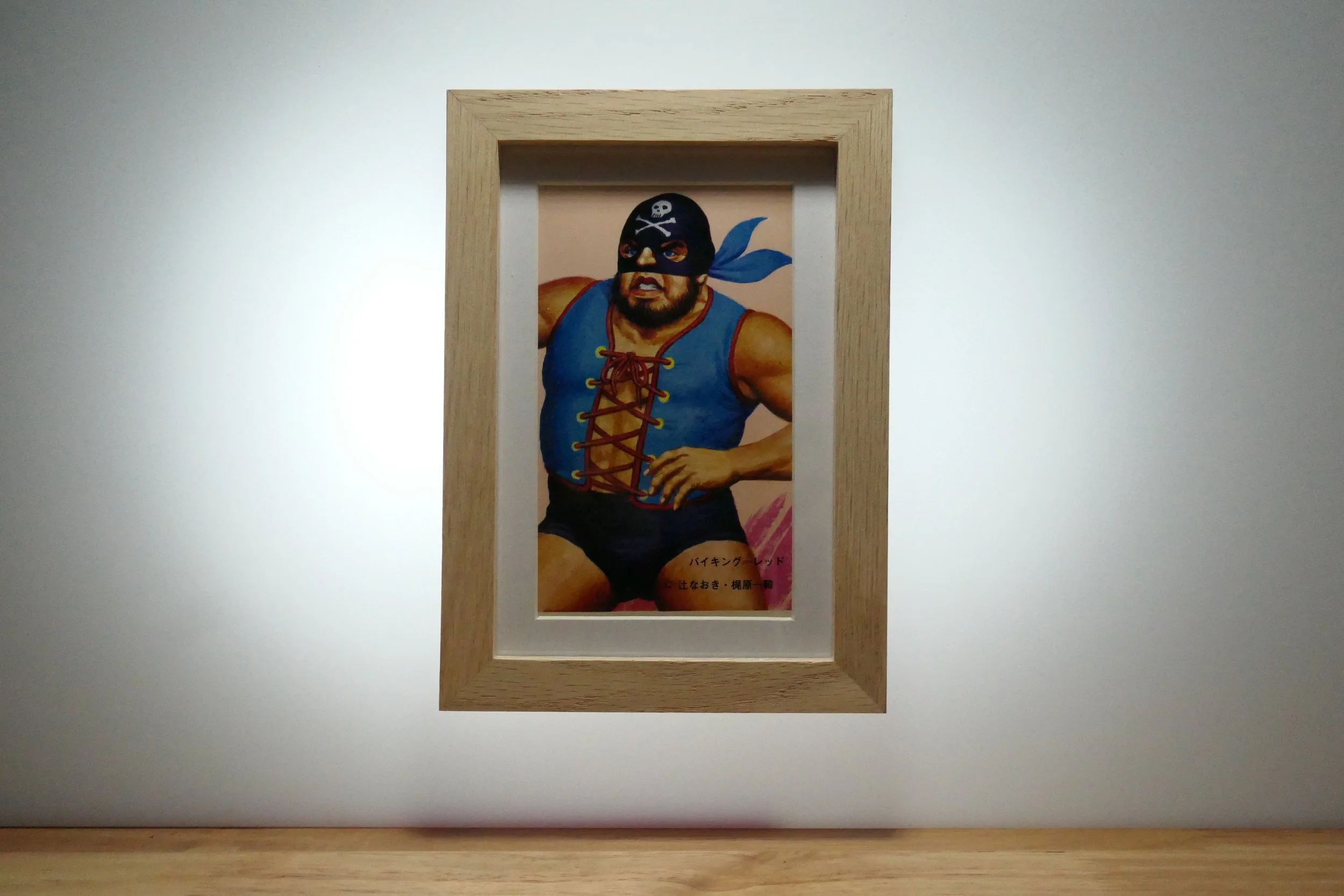
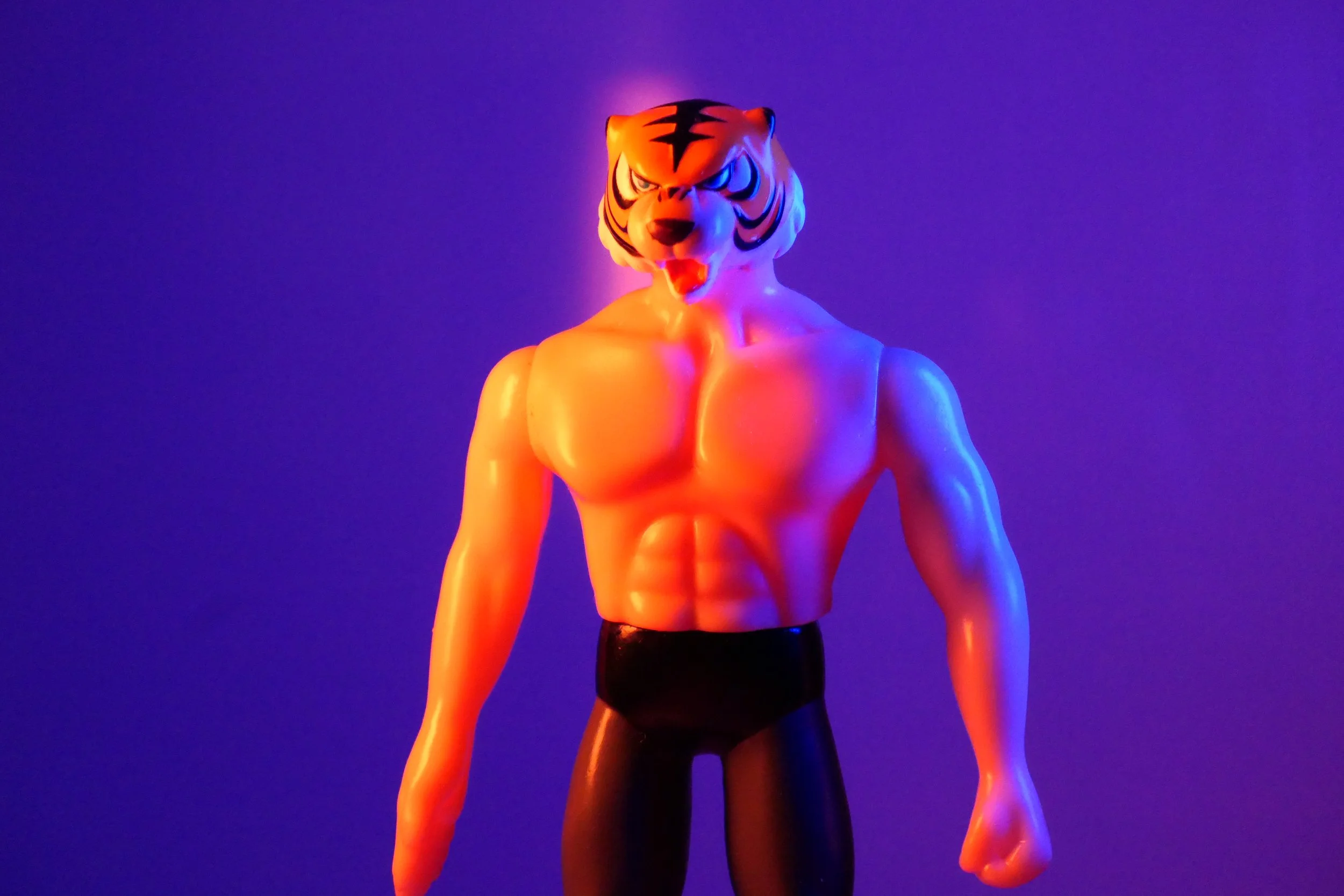
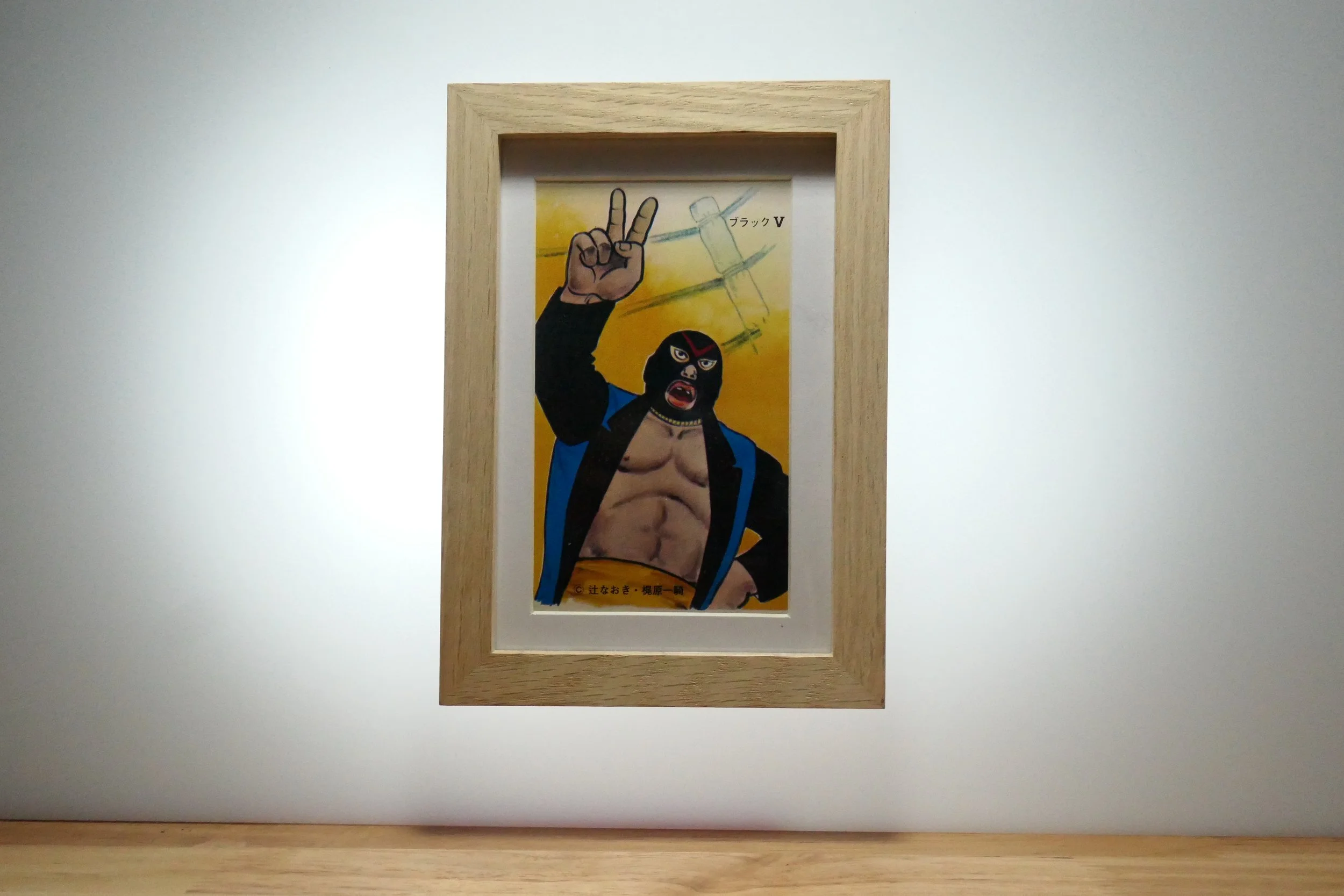
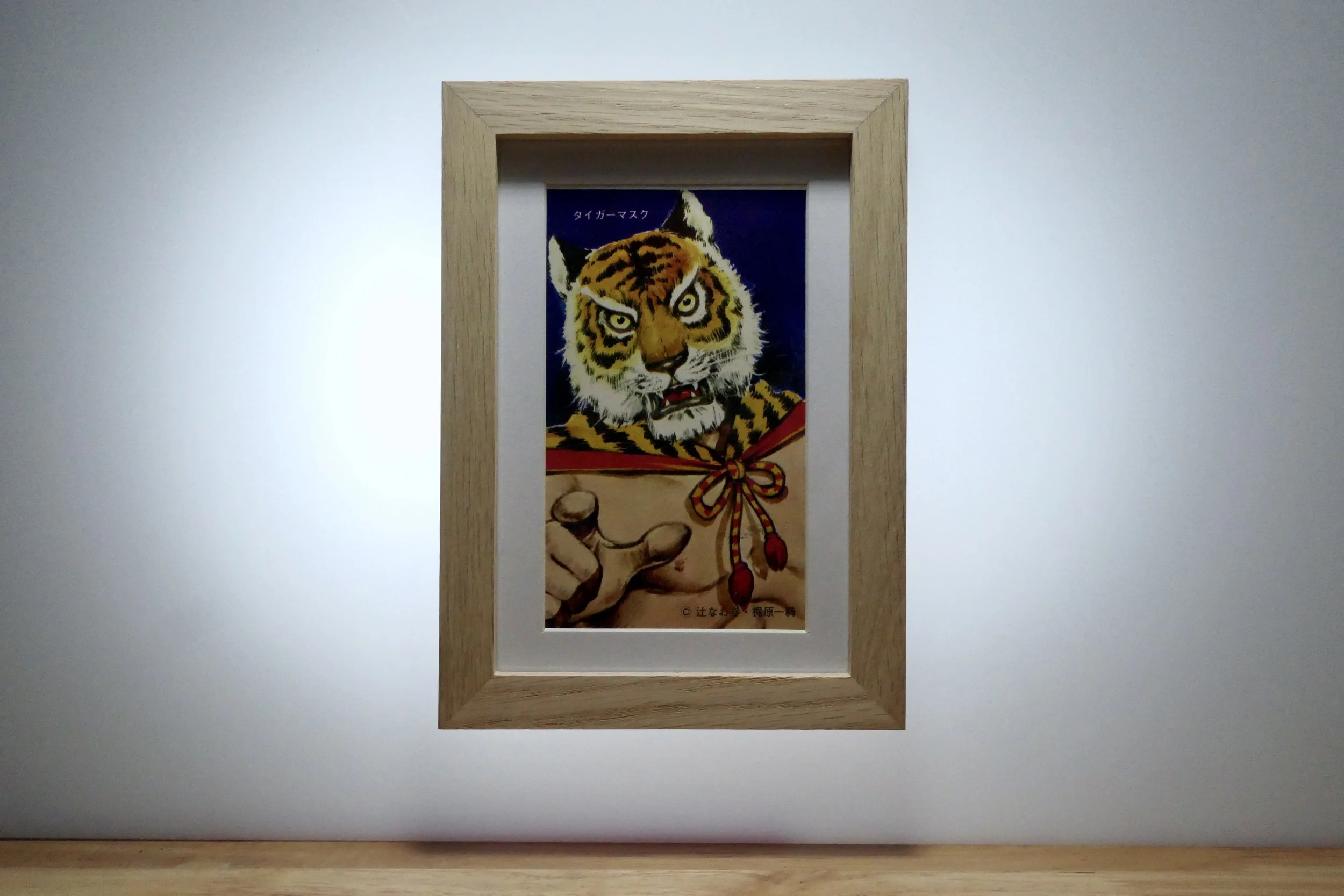
Children’s Loafers released by ASHAI
The Vinyl Records
MISCELLANEOUS
Taiga Masku Suei Baggu
Tiger Mask Swimming Bag
Bokura Magazine : Uncut Tiger Mask Menko playing cards
Tiger Mask Bandana
Tiger Mask Sticker Sheet
Tiger Mask Toys : A Heroic Legacy Imprinted in Play
*
*
*
Tiger Mask Toys : A Heroic Legacy Imprinted in Play * * *
Nakajima Toy Manufacturer
Immediately following the success of the stand alone Tiger Mask Manga release, Nakajima would produce the first Tiger Mask line of Soft Vinyl toys ( abbreviated as Sofubi ) in a nine inch scale.
These first figures would feature five points of articulation and include accessories such as vinyl boots, a fabric name banner worn diagonally over the Wrestler, & If applicable to the character design they would often include a vinyl cape.
Packaged in a clear poly plastic bag & sealed with a cardboard header card numerous wrestlers would be released.
Throughout Japan’s various magazine medias they would advertise colorful eye-catching spreads to attract children to owning a piece of Tiger Mask history, little did we all know these would become a cornerstone of collectibles and inspire the creation of toys for wrestling promotions such as JWA, NJPW, AJPW & beyond.
Zebra Man who first appeared in Episode No. 26 of the Anime would reveal himself to be Shohei “Giant” Baba in the dressing room following his Tag Team match up alongside Tiger Mask.
This Figure was the tallest of the Nakajima line up to reflect Giant Baba’s real life height of 6’10.
Appearing in Episode No. 43 The match between Red Death Mask & Tiger Mask would arrive.
Slated as the most Evil Wrestler in the word , Red Death Mask would suck his opponents blood no differently than a Vampire.
The original Nakajima figure included Vinyl extensions for his Antlers that would often be lost due to play.
This figure is preserved in the condition of its Original owner, incapsulating a time period, and joy this piece of Vinyl brought to thousands of children in Japan.
Amongst the Nakajima’s were the Denjin’s - after the Licensing relationship between Kodansha & Tiger Mask expired the property would be handed off to Denjin - a subsidiary of Denboku.
These figures were Produced in the same scale with Minor Tweaks in stylization.
Emerging in the shadows of in the late 1990’s ( known as Japan's lost decade ) is Tokyo based company Medicom Toys.
As innovators & credited to revitalizing the toy scene on a larger scale, Medicom would continue to pay Homage to Japan’s past.
In the mid 2010’s Medicom would "re-release” the Tiger Mask Sofubi line by merging the two Sculptural styles of Nakajima & Denjin to create something new.
















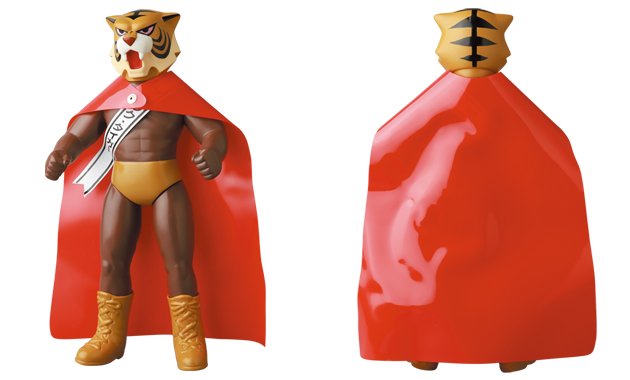





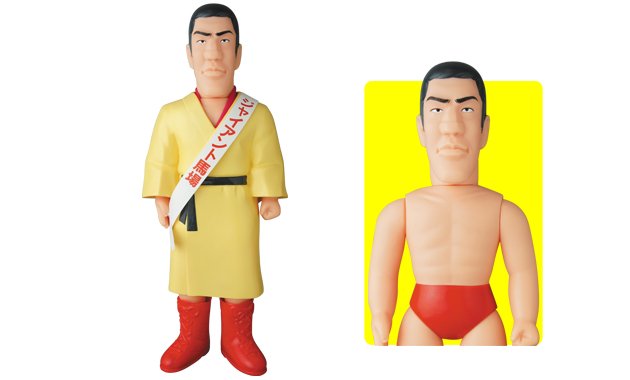
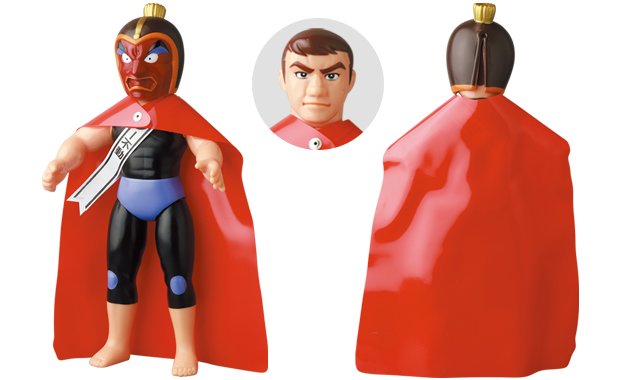

Takara Tomy’s Blind Box releases in 2002
TOMMY Toys - the subsidiary of Takara Tomy would eventually get their hands on the Tiger Mask license to produce a thinner profile - five inch line of Sofubi figures .
Paying homage to the original Nakajima line these soft vinyl figures would be based off the Anime as opposed to the Manga, & featured a minimal articulation that composed of four interlocking vinyl components to make one figure.
Sold in Blind Box packages ( the trend popularized at the end of the 1990’s and would combat Gatchapon sales ) this set also included gold chase figures which at the time of this Exhibition getting published will be available in our Gift Shop. This method of Blind Box sales would be a fun gamble for most, however for the Tiger Mask completionist this would surely mean buying multiple cases to ensure completing the series and acquiring all of the Gold chase variants.
GALLERY

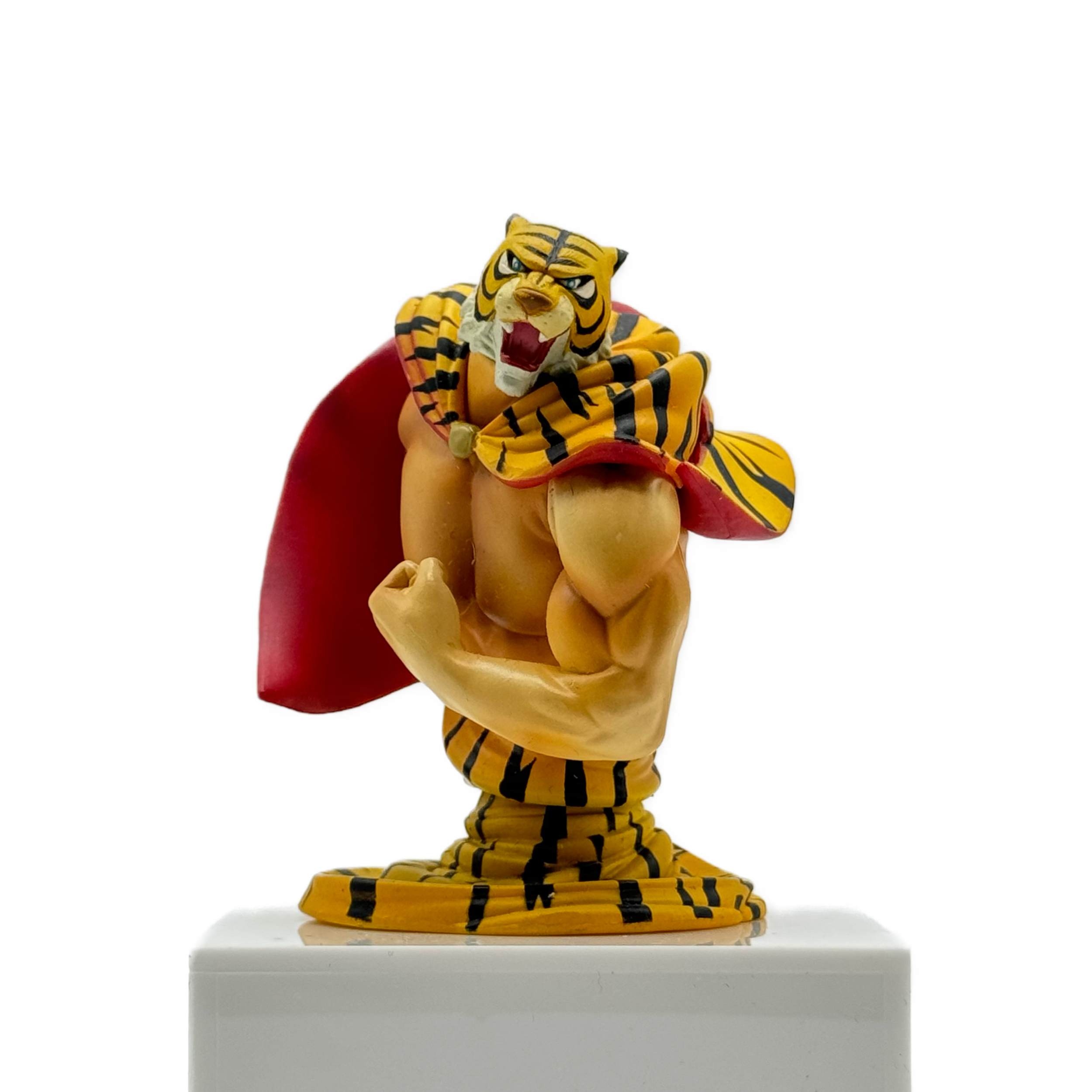



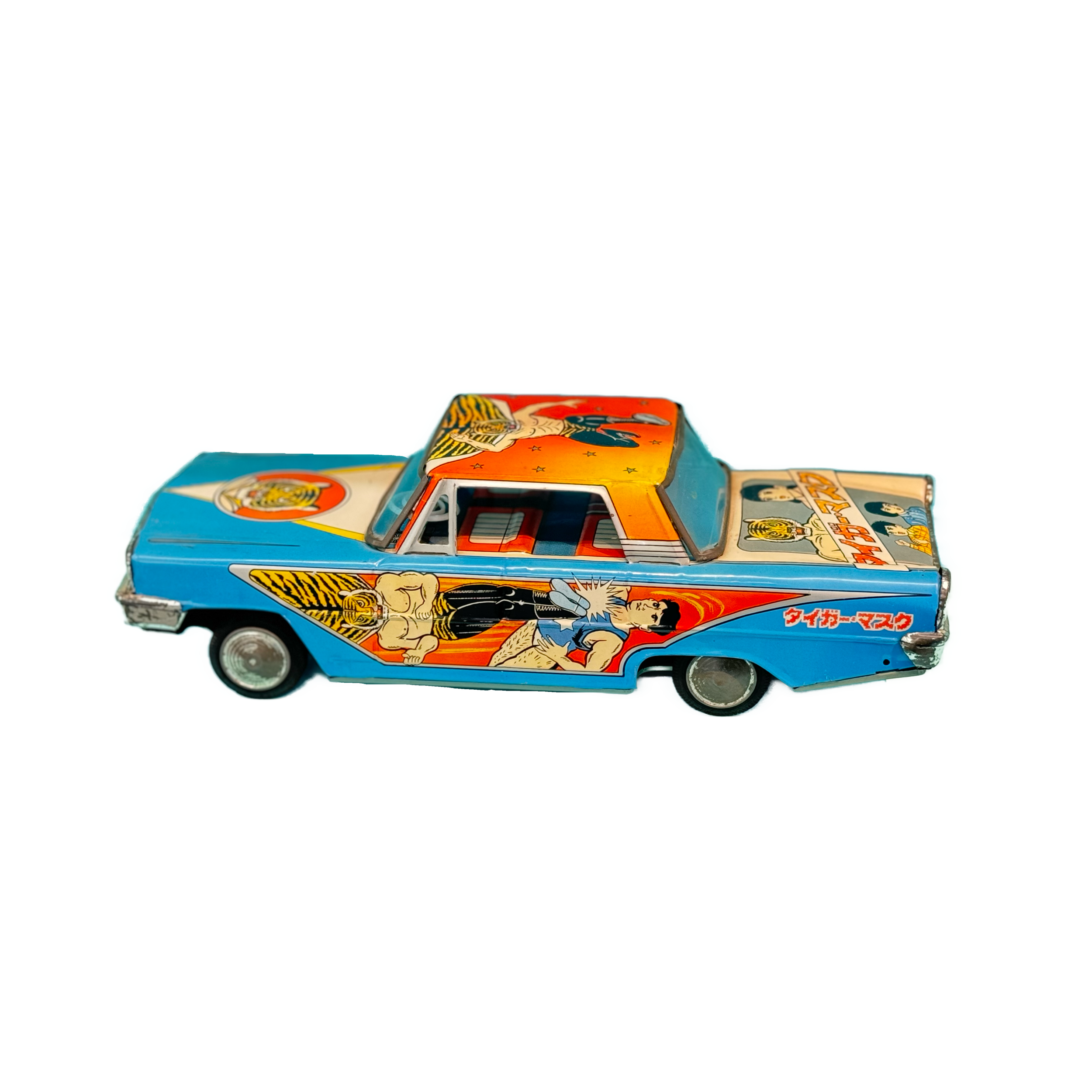










CONCLUSION
This Exhibition is by no means a completionism of the Tiger Mask Kingdom, but as a means to reintroduce its roots and impact in the infectious world of Japanese Pop-culture .
What would occur in 1980 would be the development of the sequel Anime series of Tiger Mask.
This new chapter would brace us for a whole new life for the Tiger Mask name.
As I begin to digress I hope you enjoyed our Exhibition & your eyes continue to discover , as well as capturing the keys to new curiosities.
Part Two of this Exhibition Continues the Tiger Mask story starting through Satoru Sayama : the First Tiger Mask.
Have your tickets ready as we’re excited to be going further on this journey together.
- Matthew Roman

